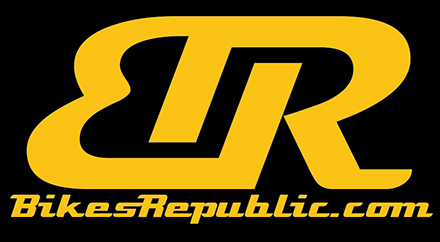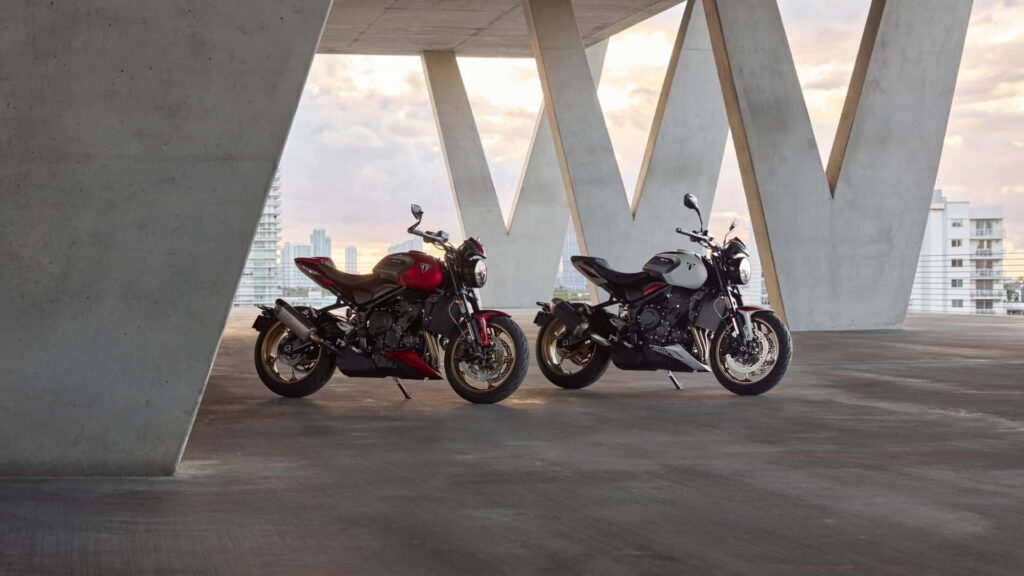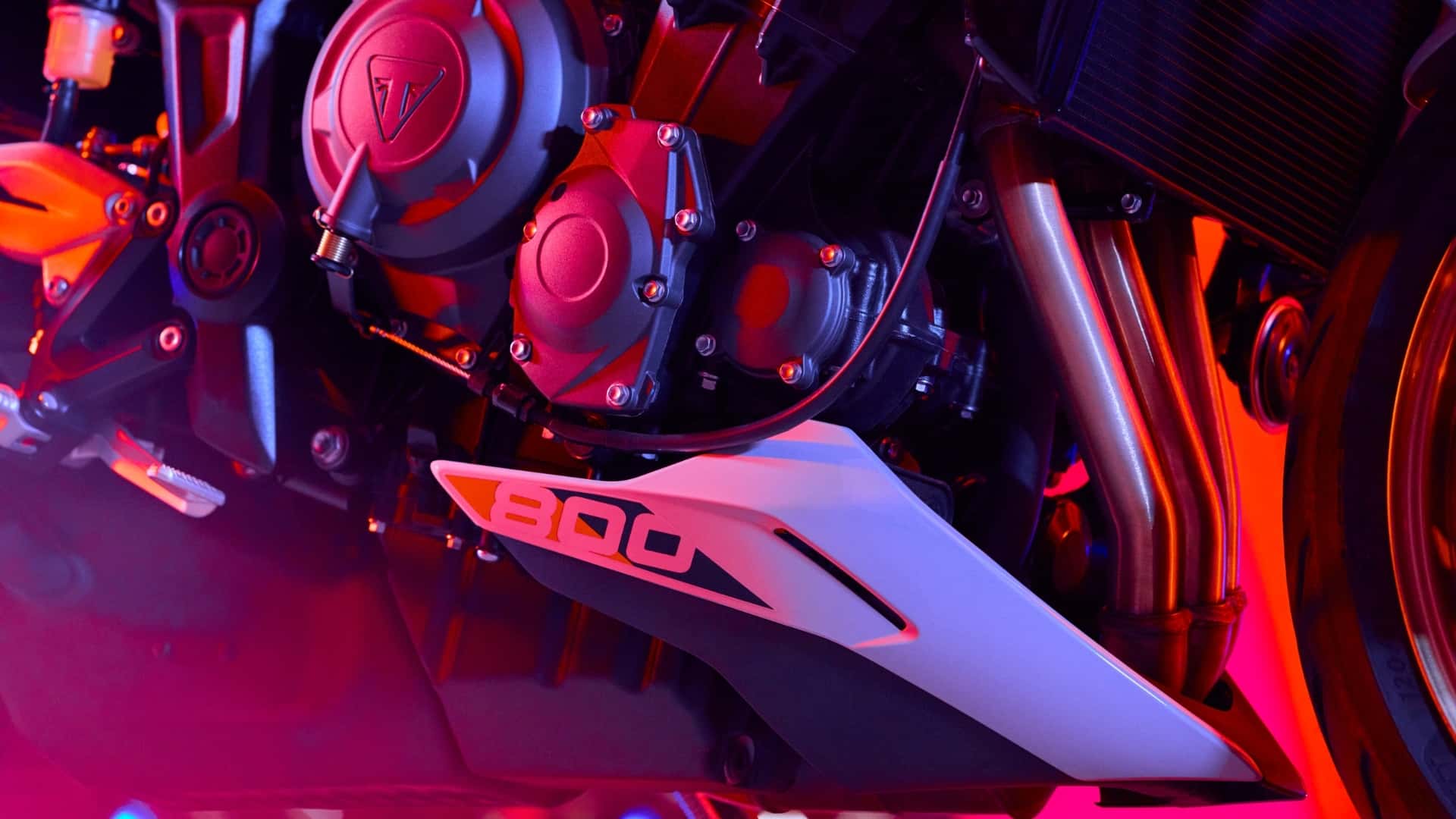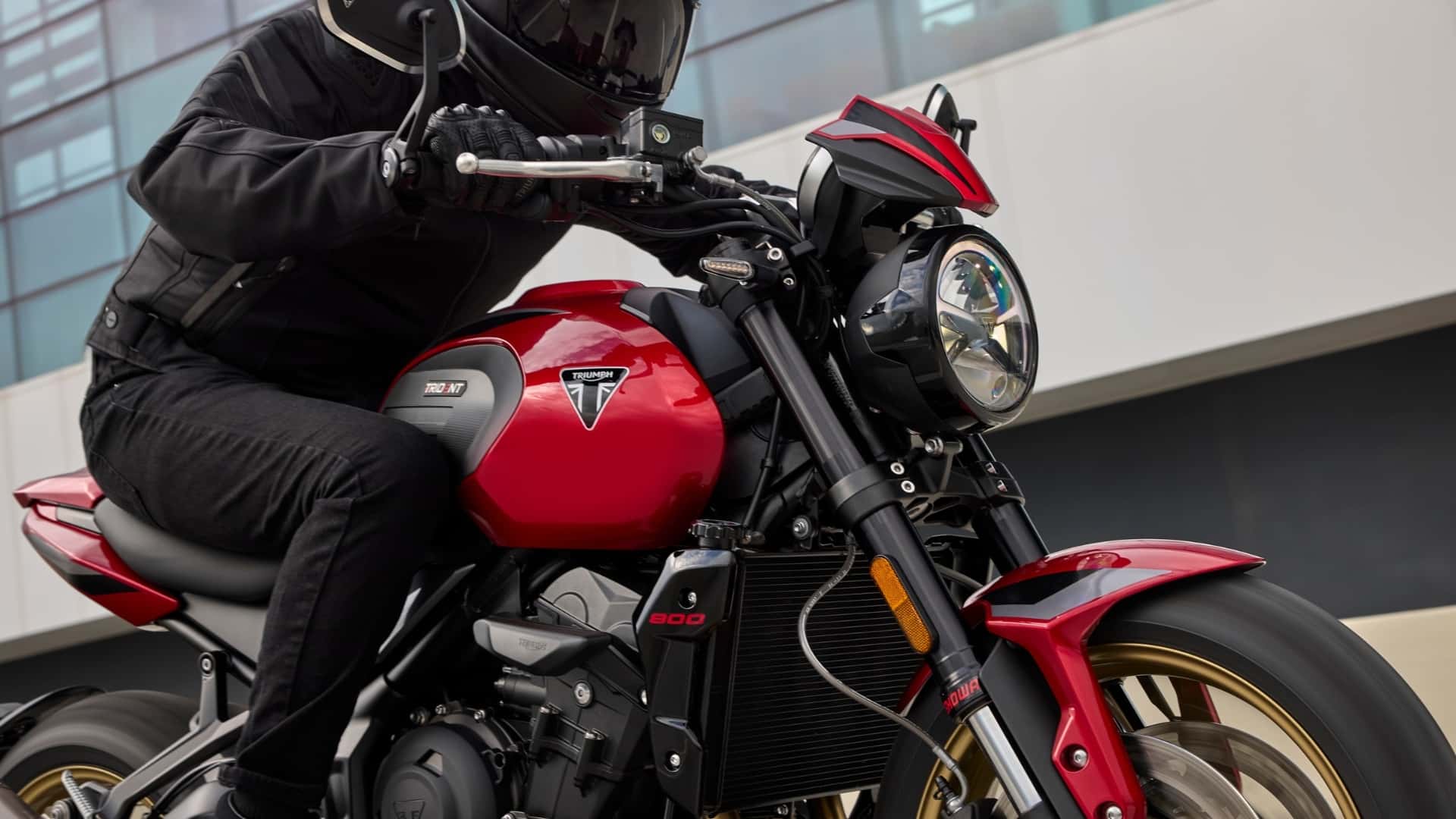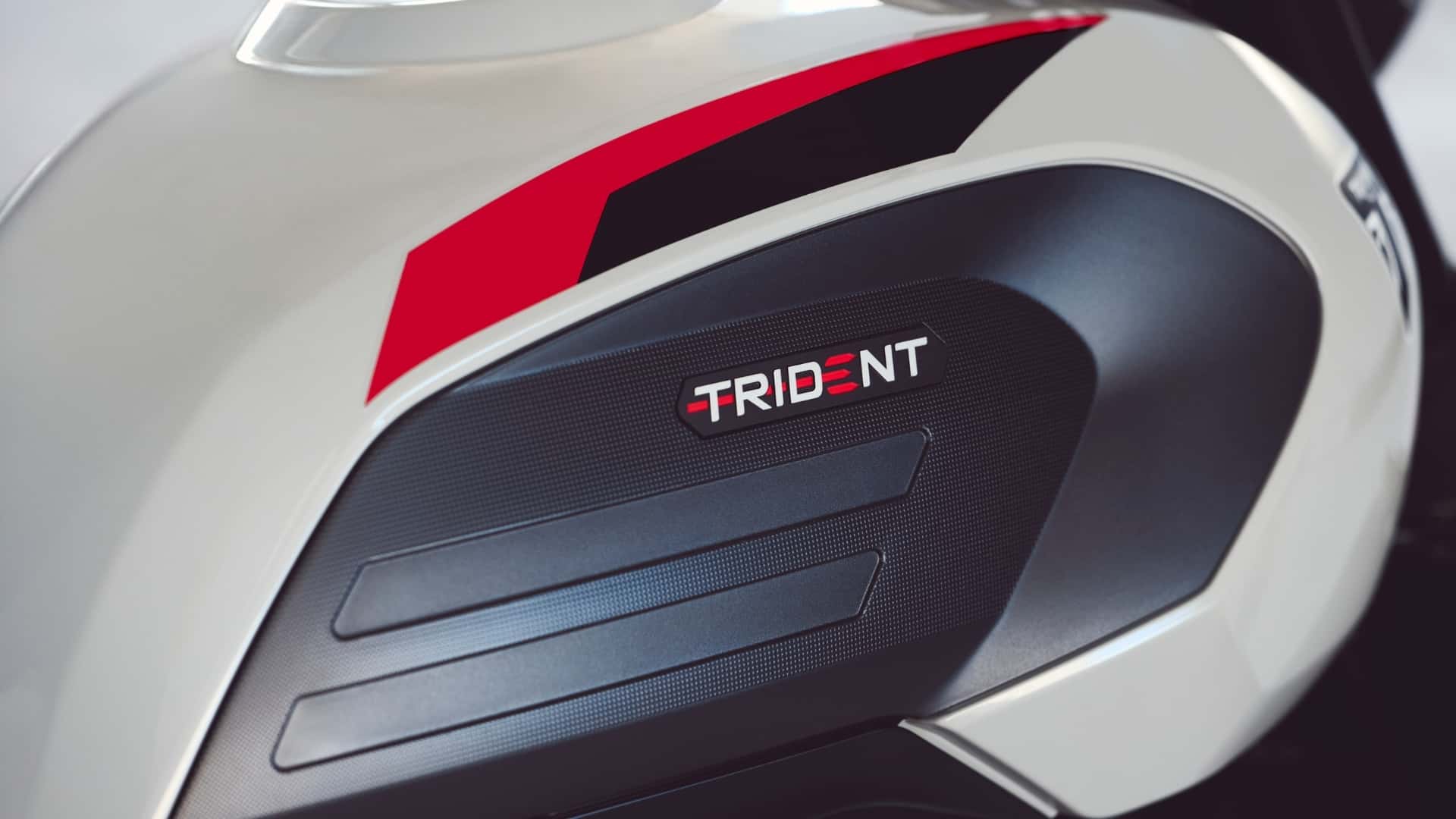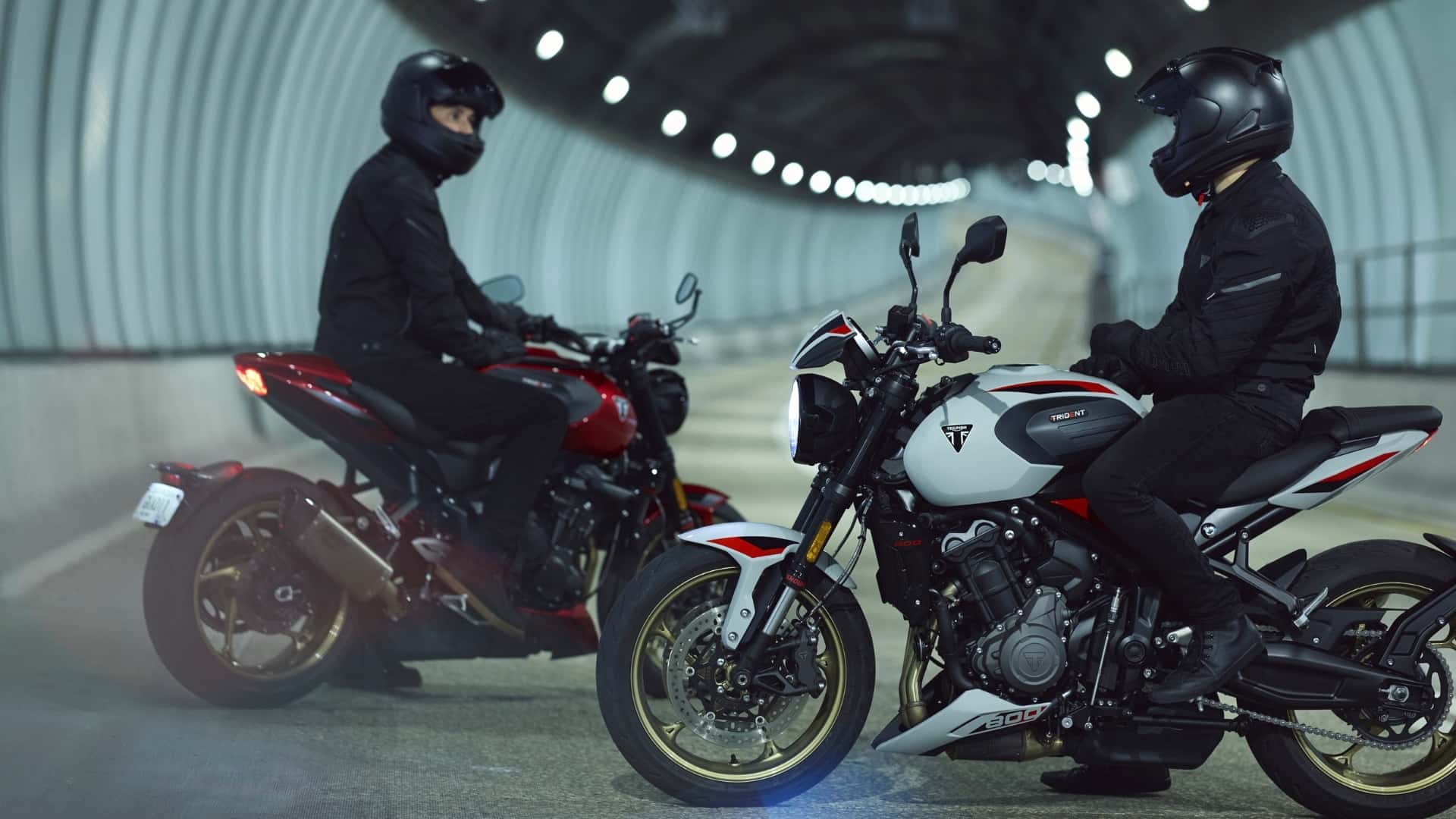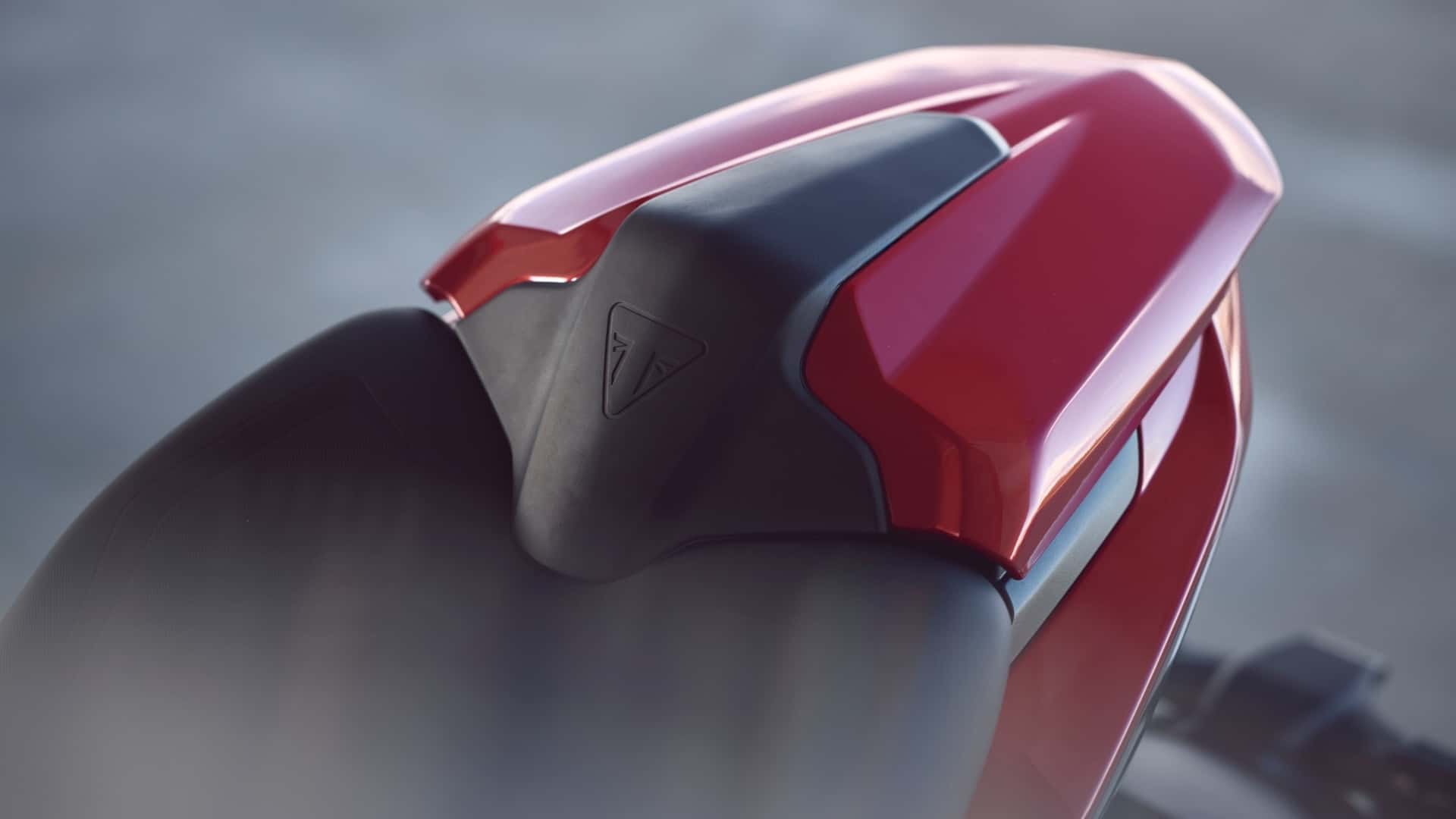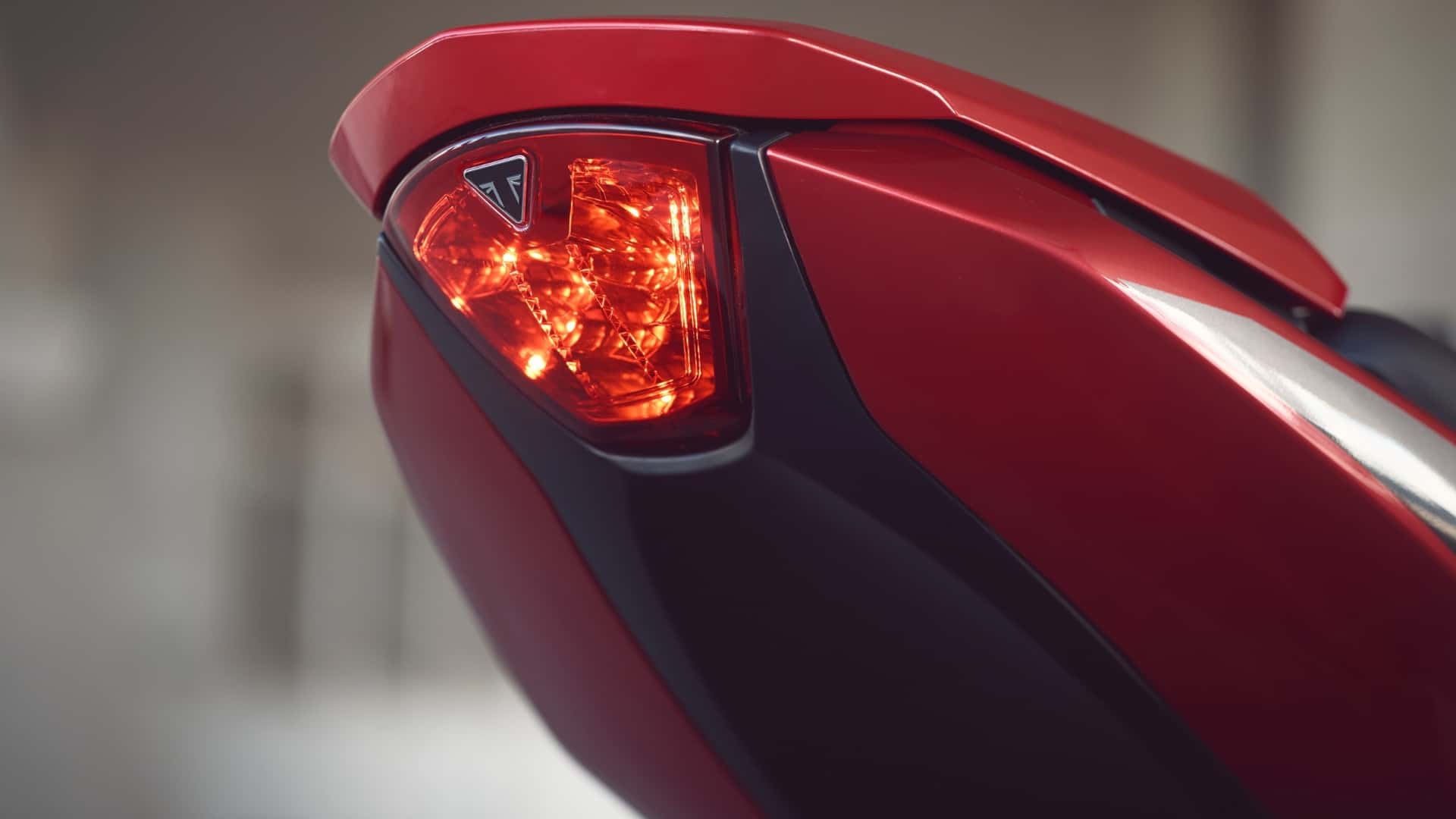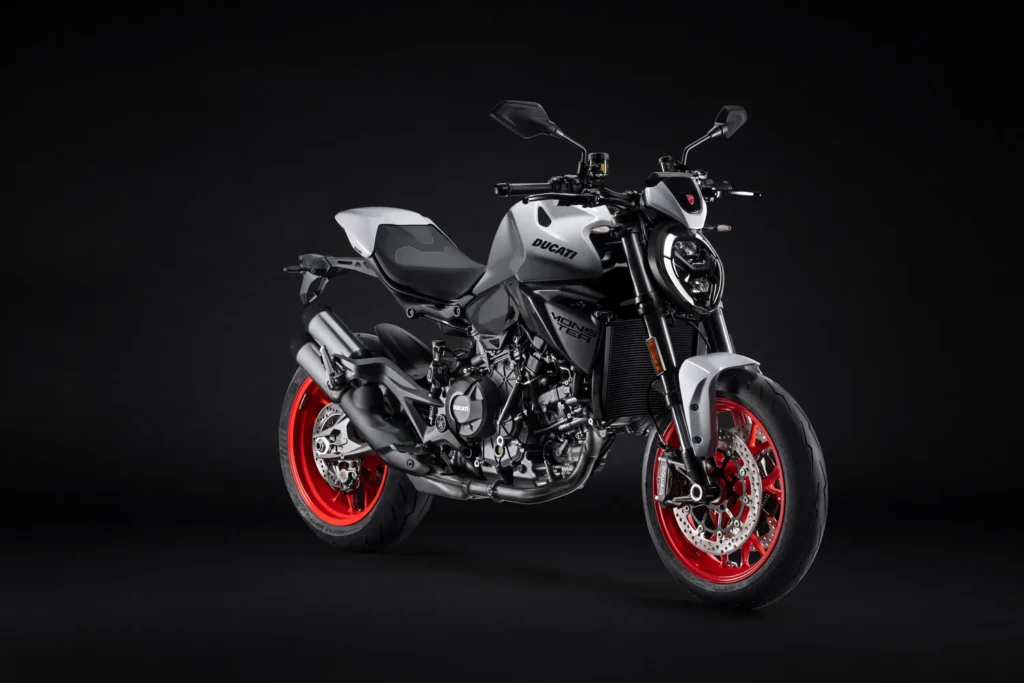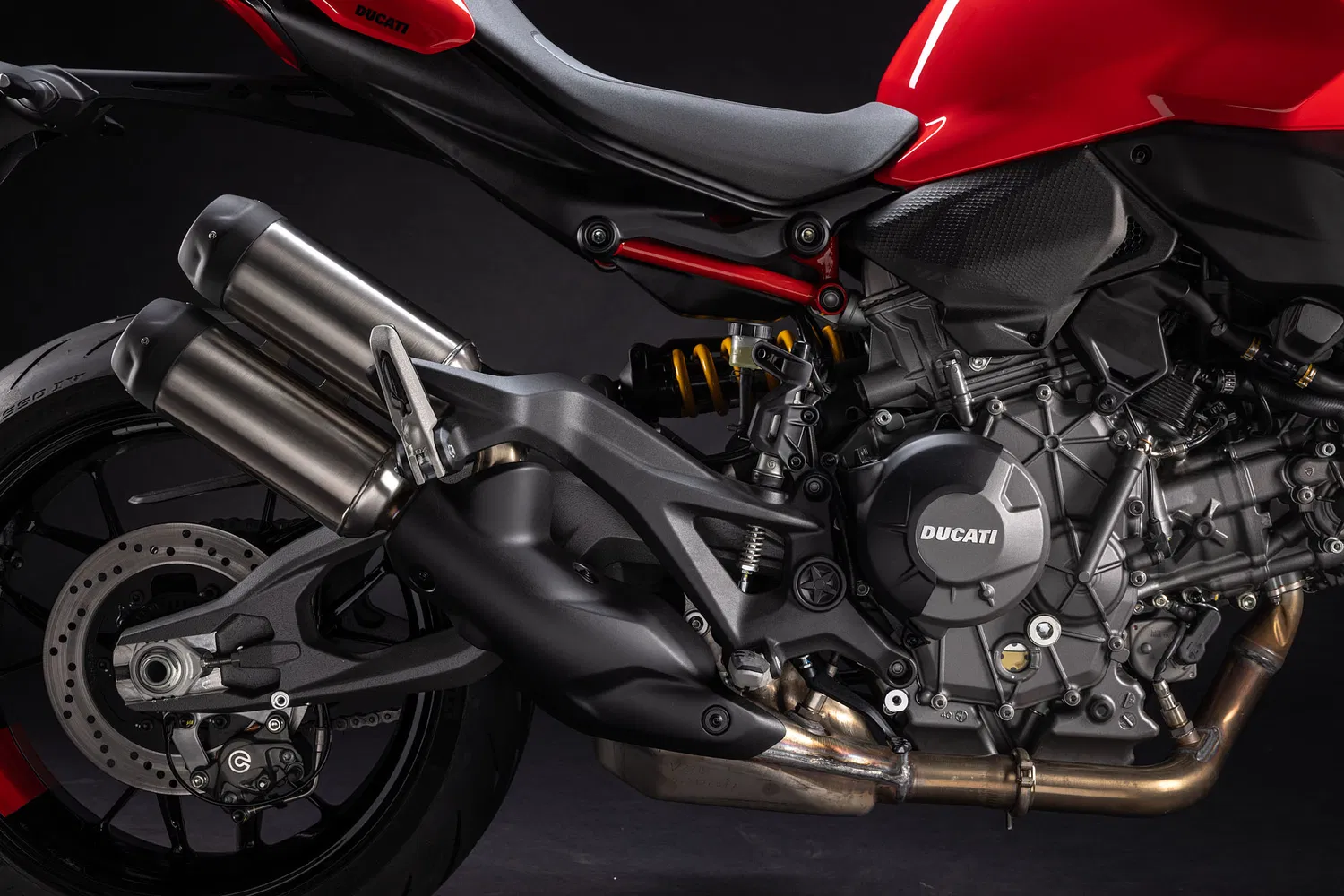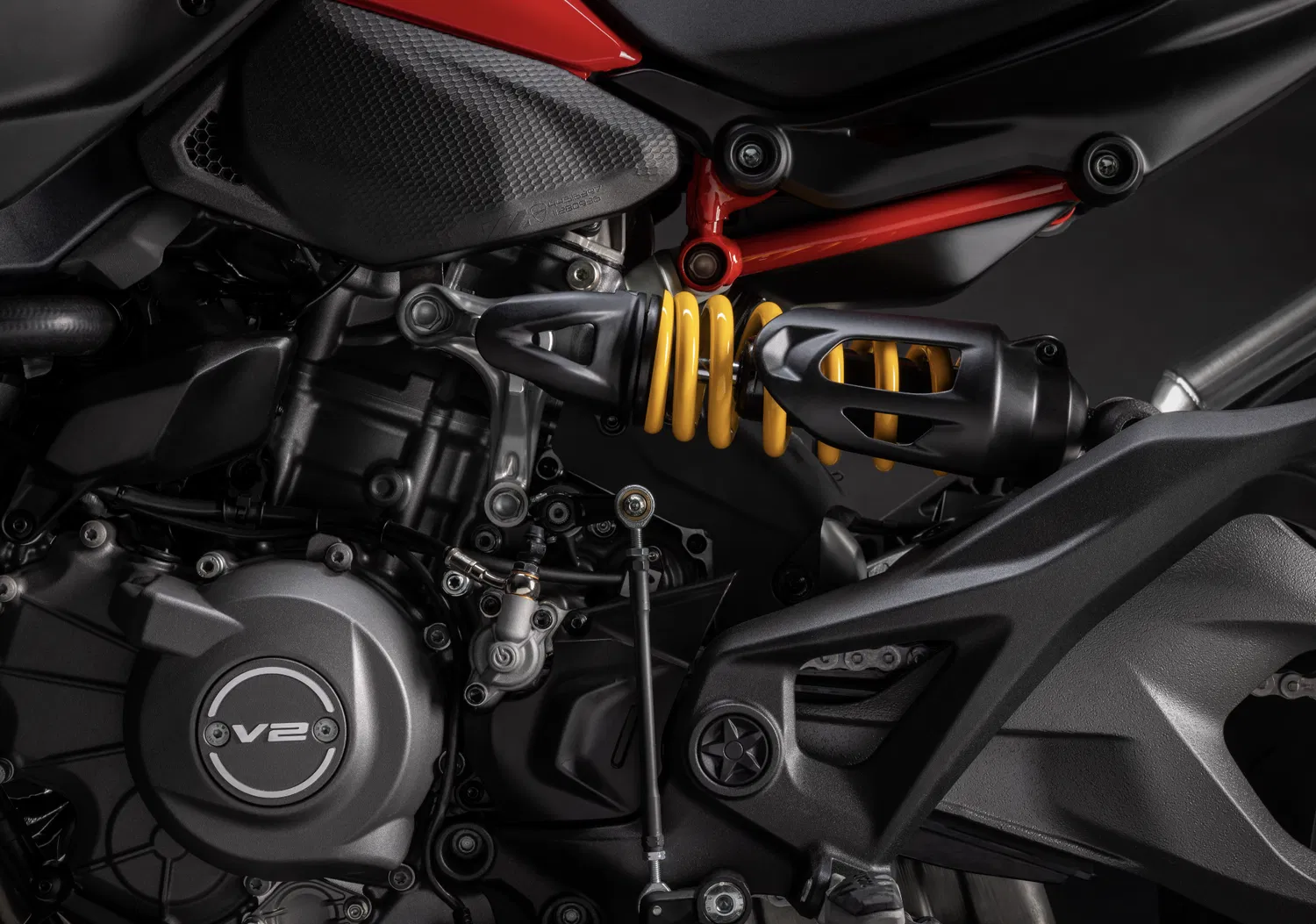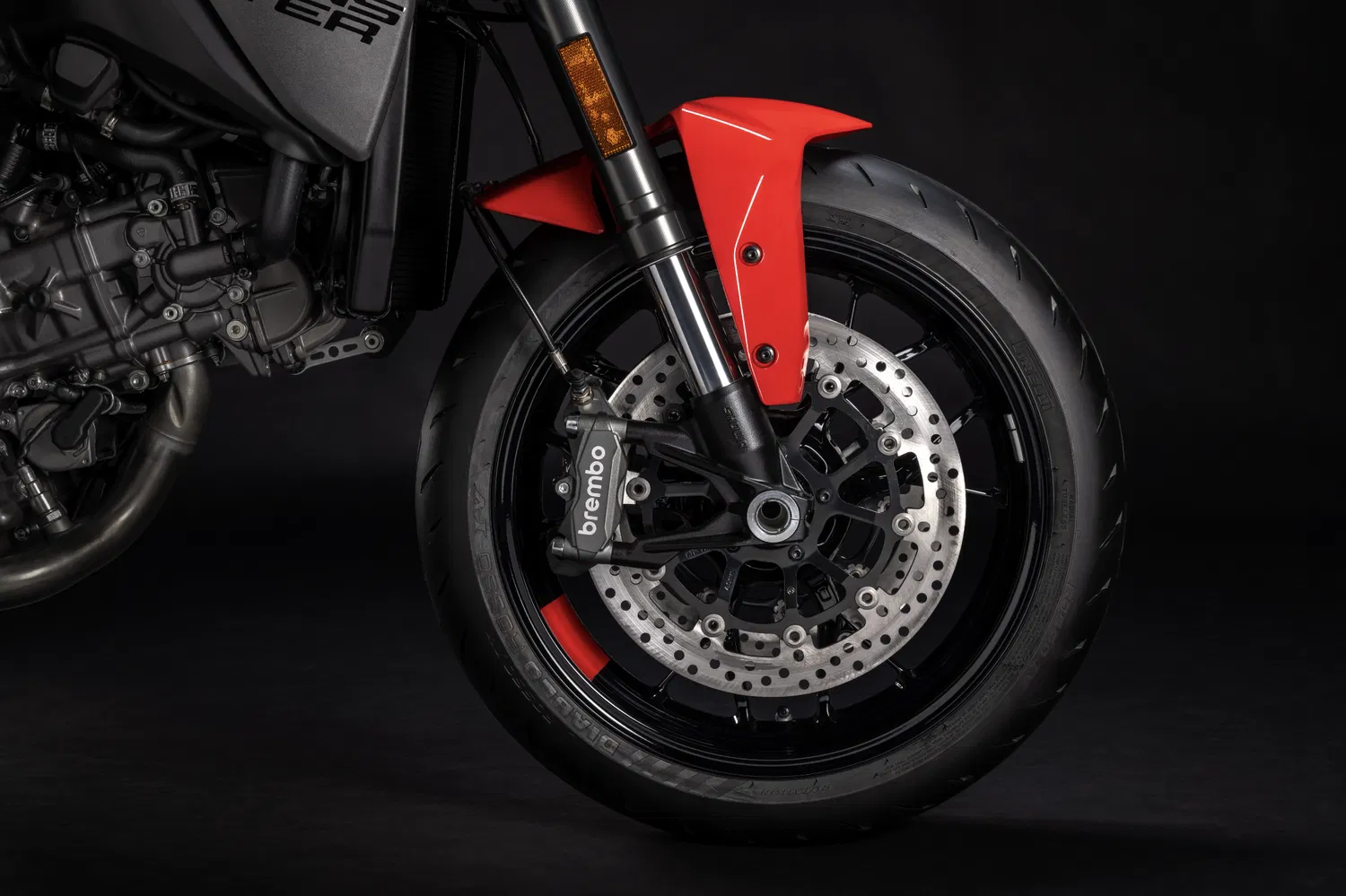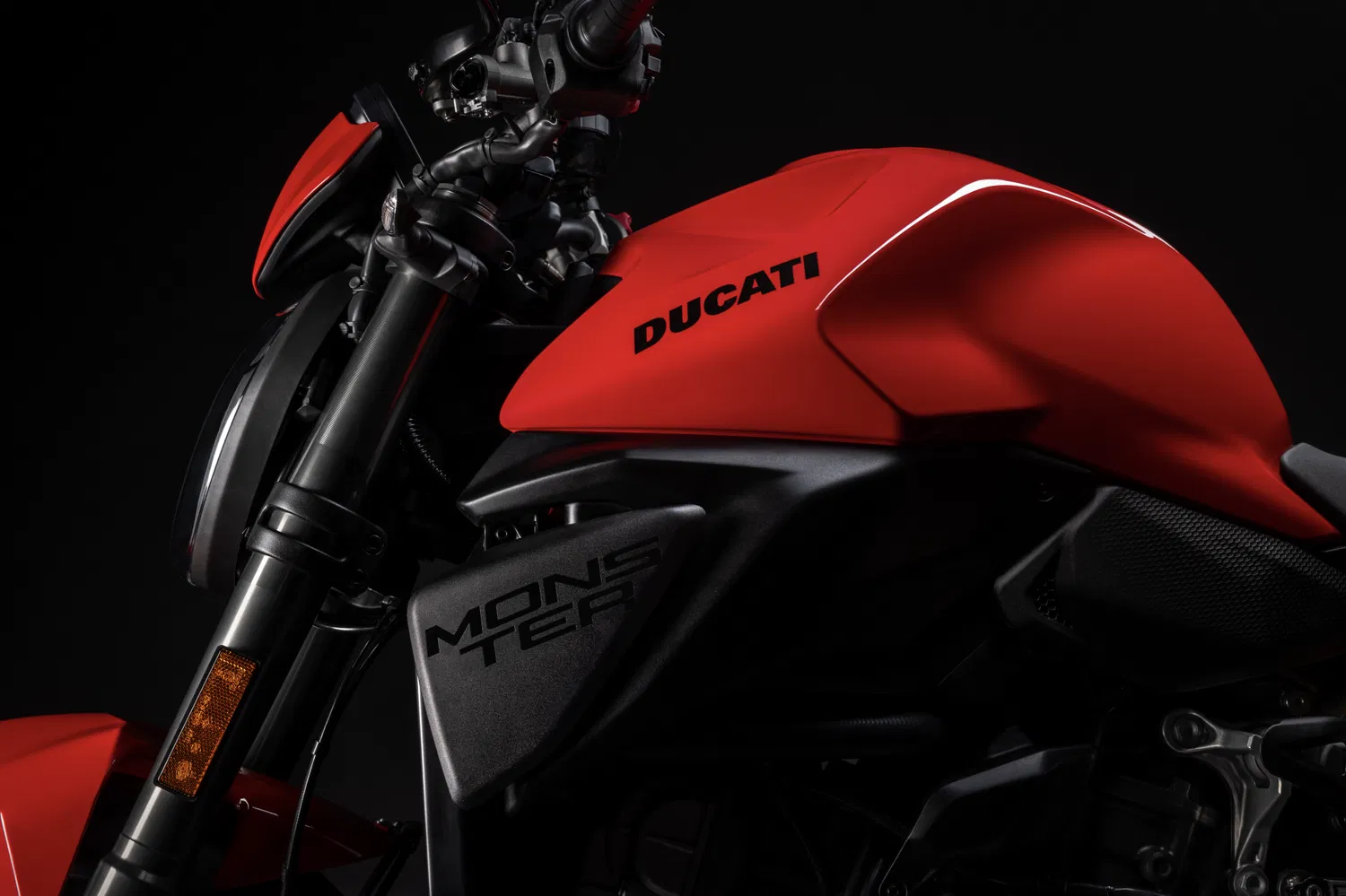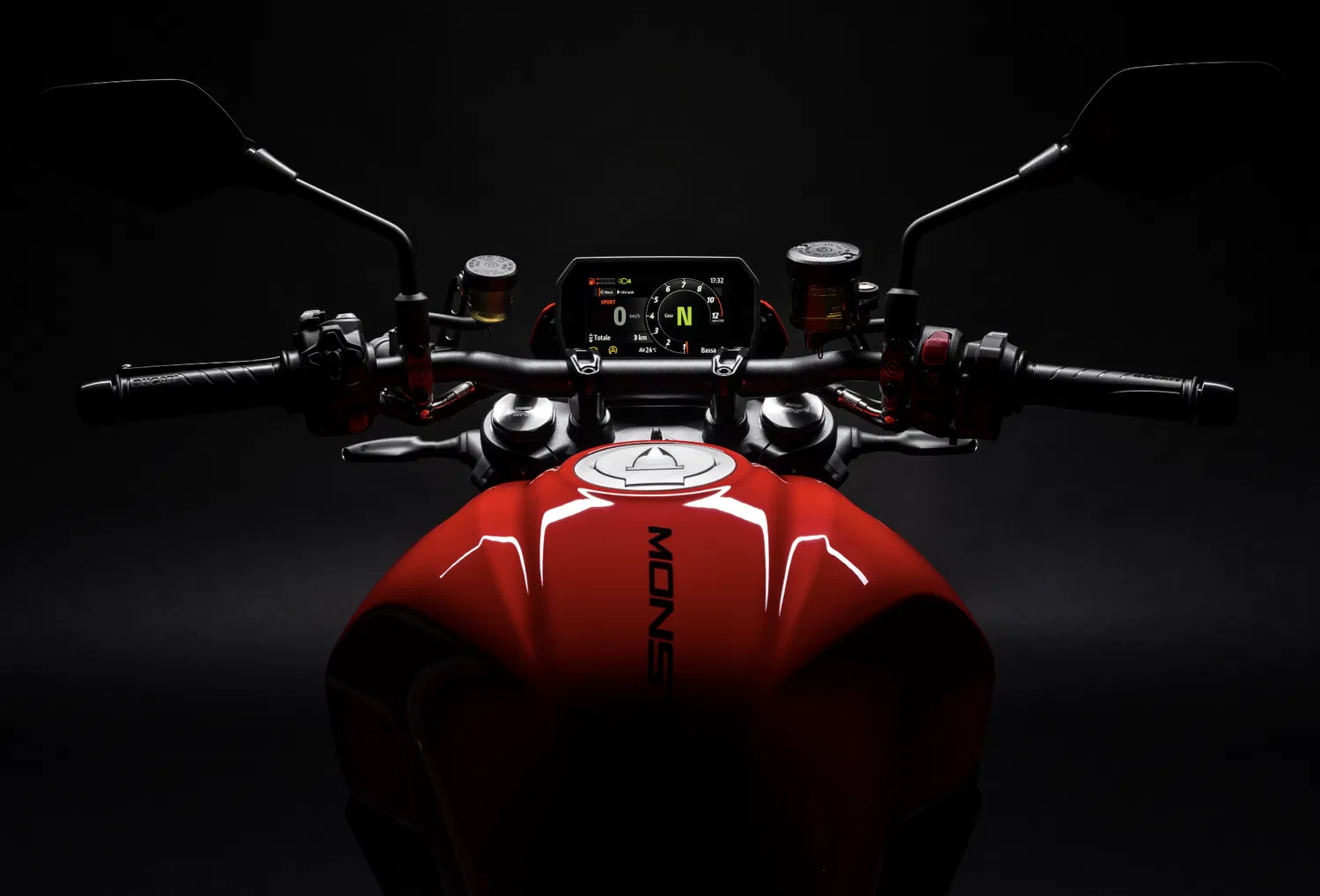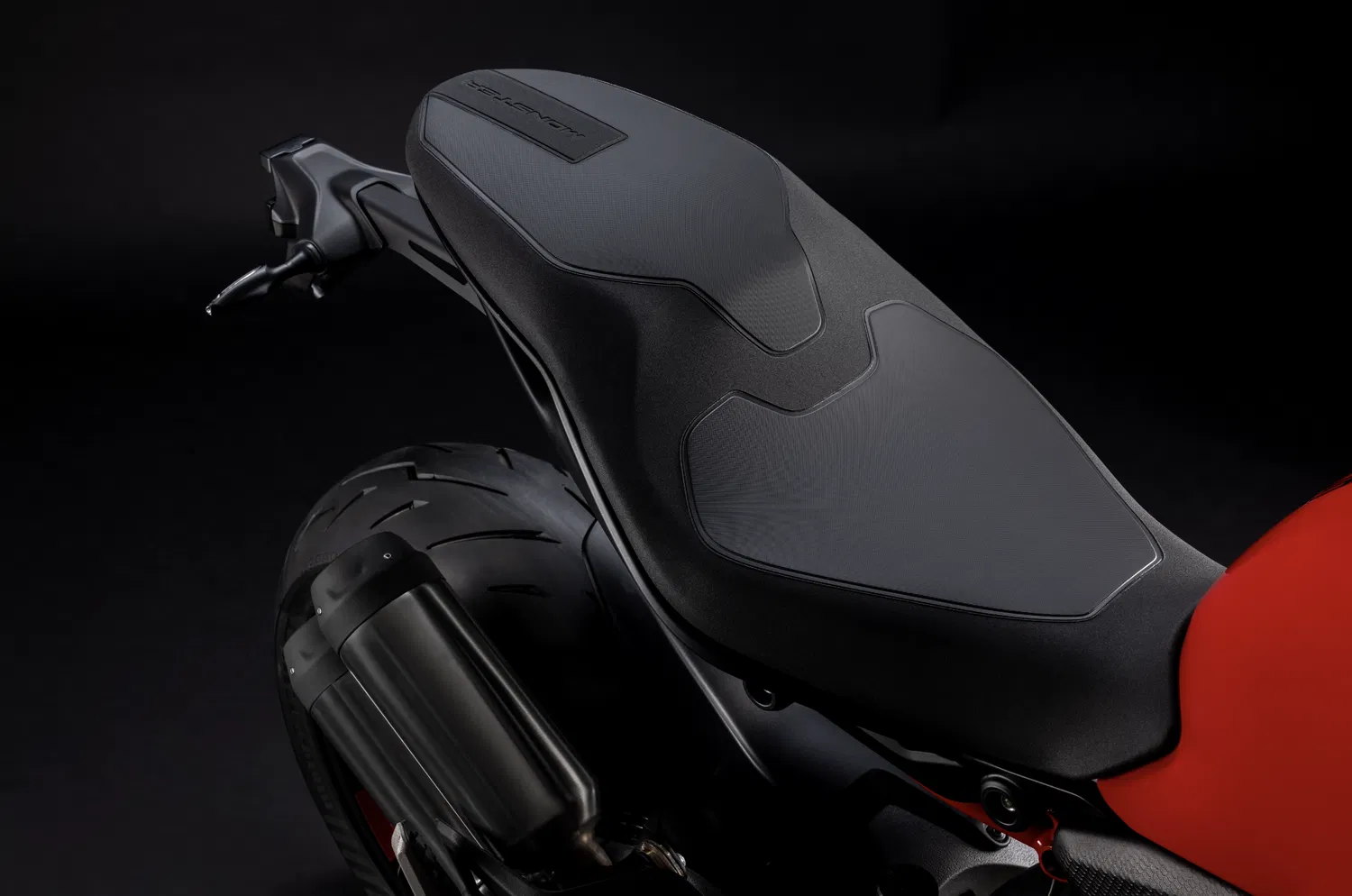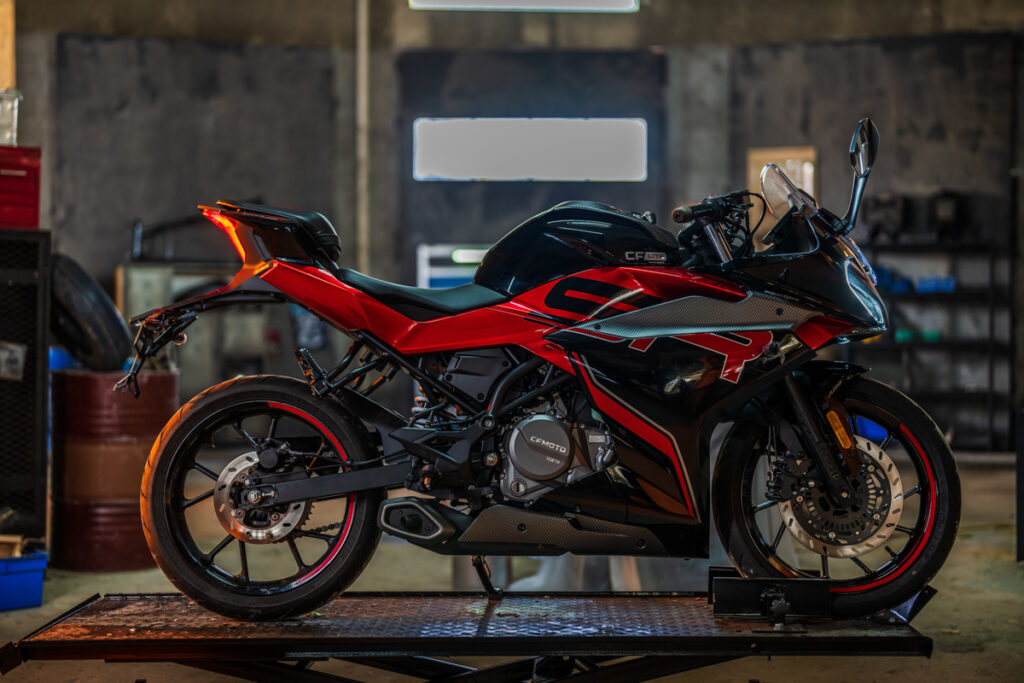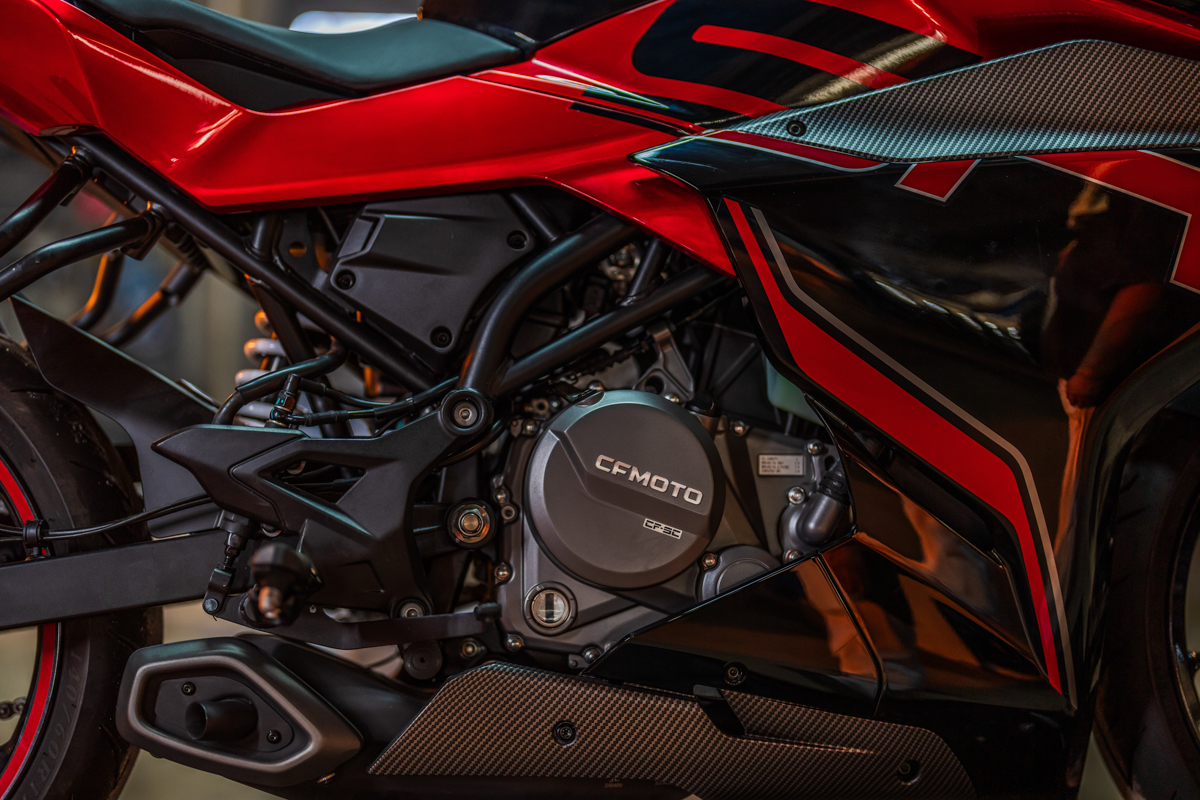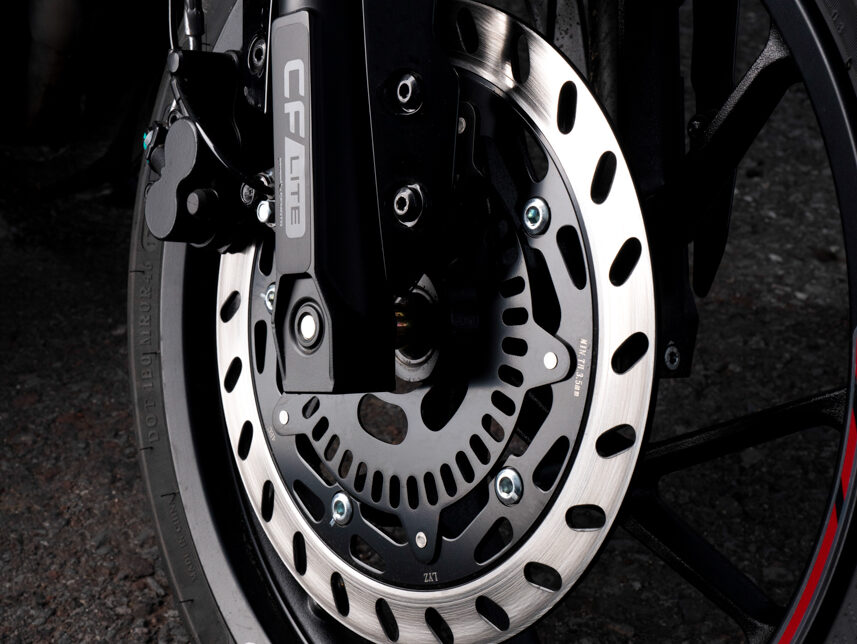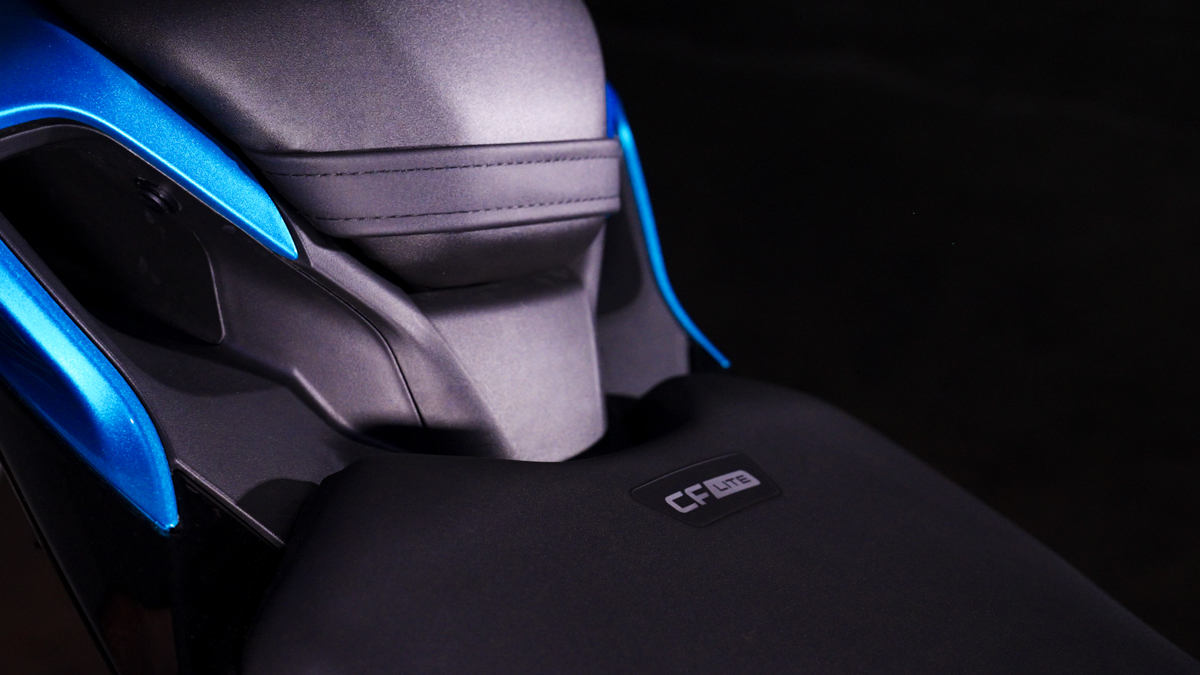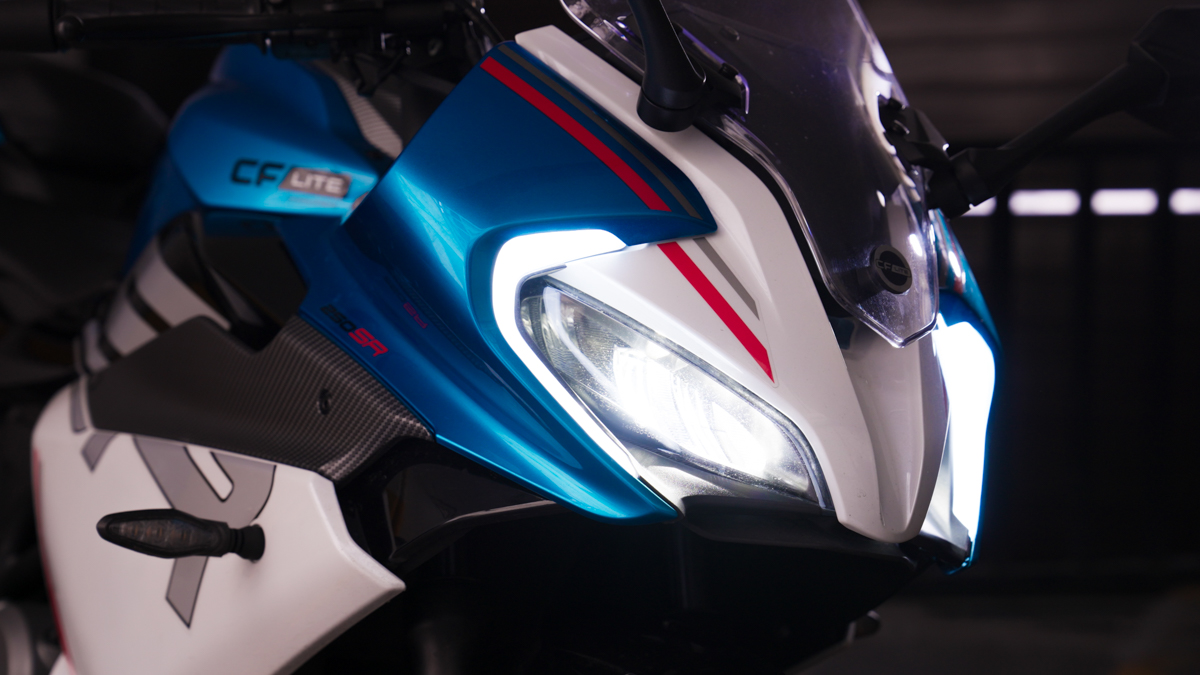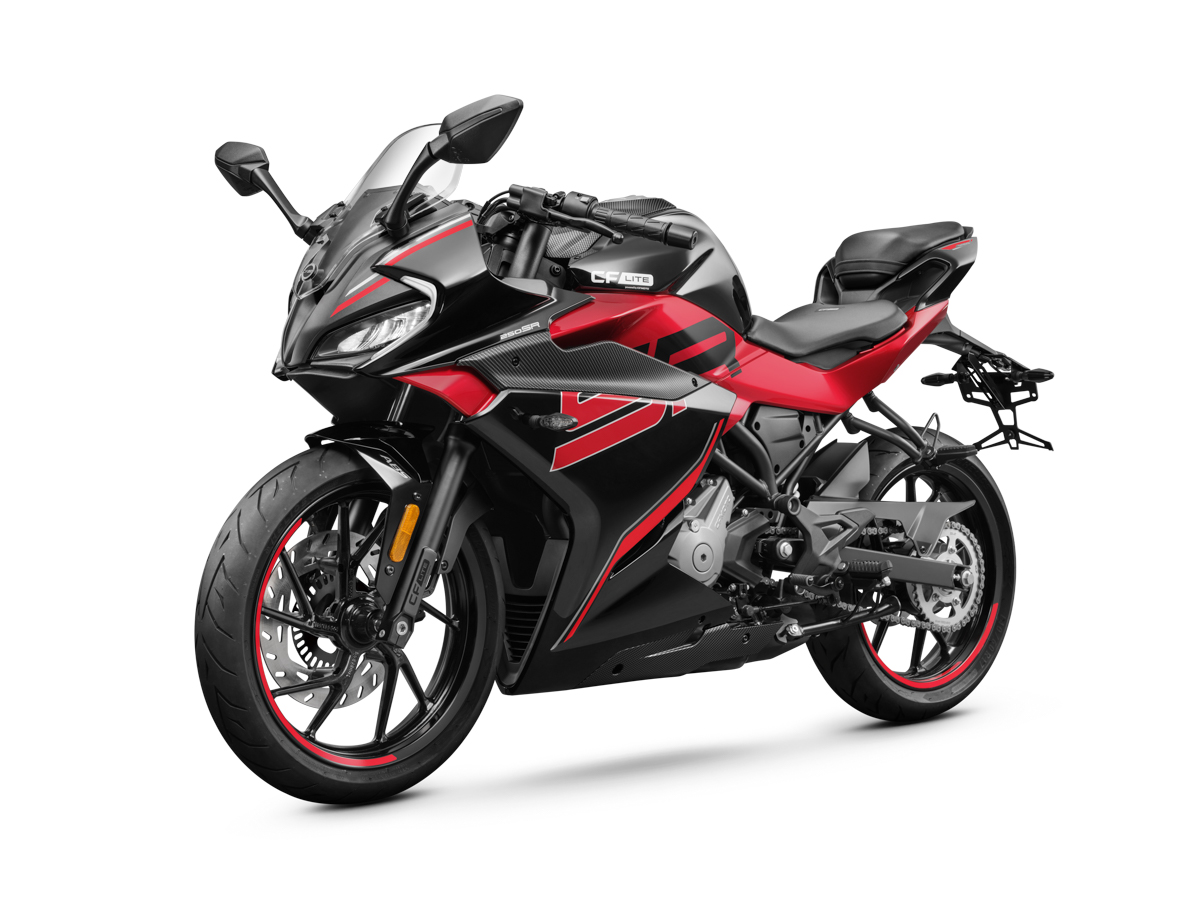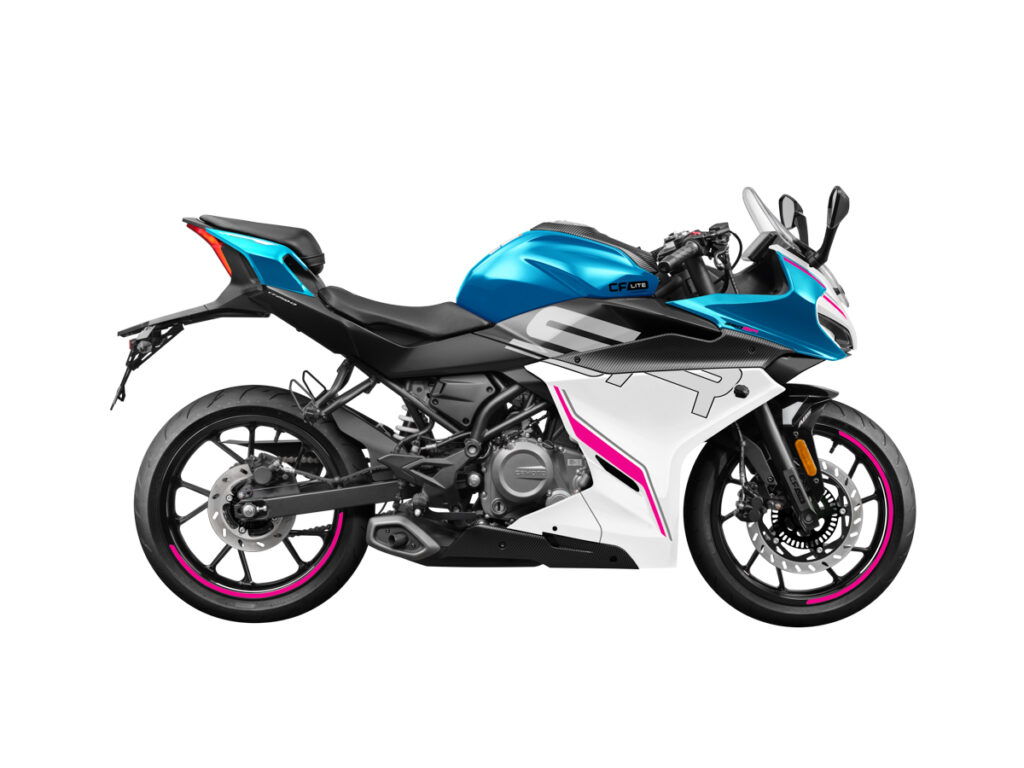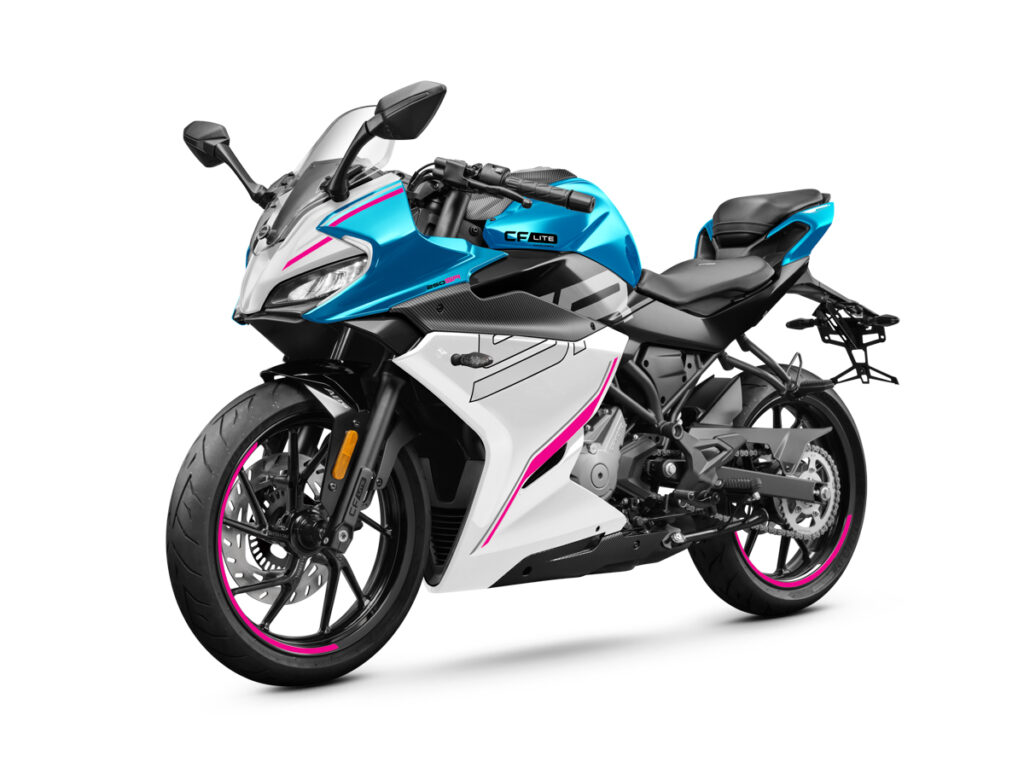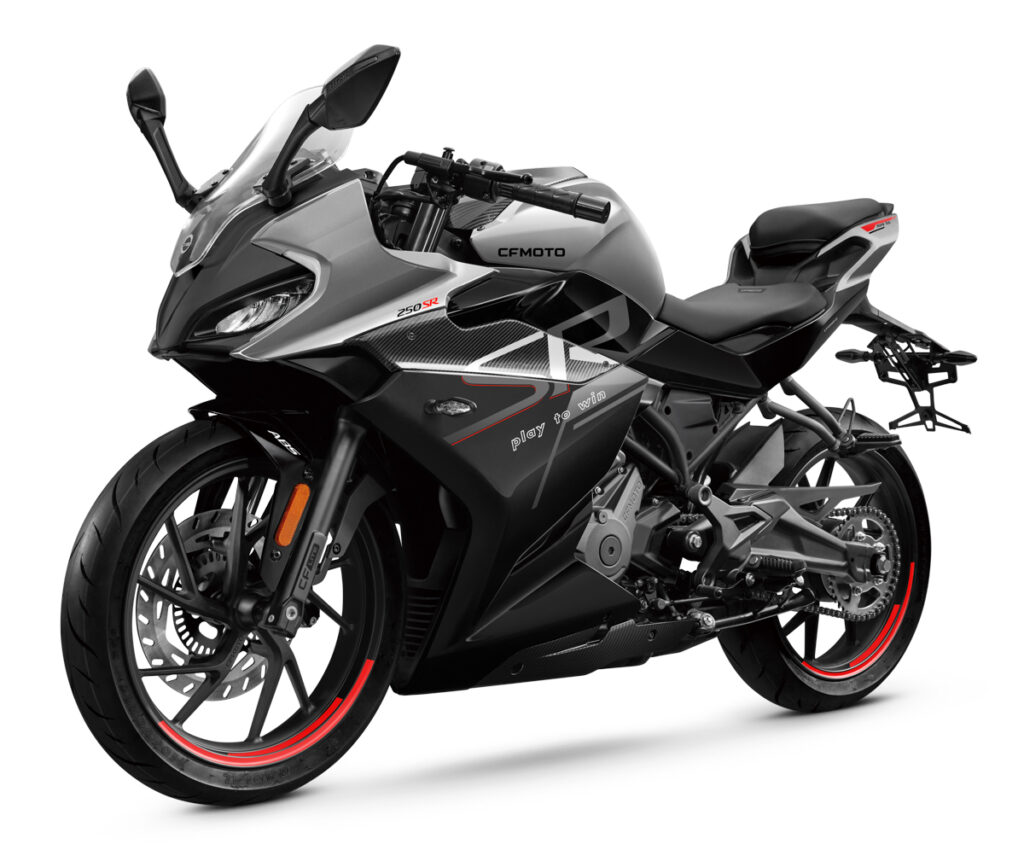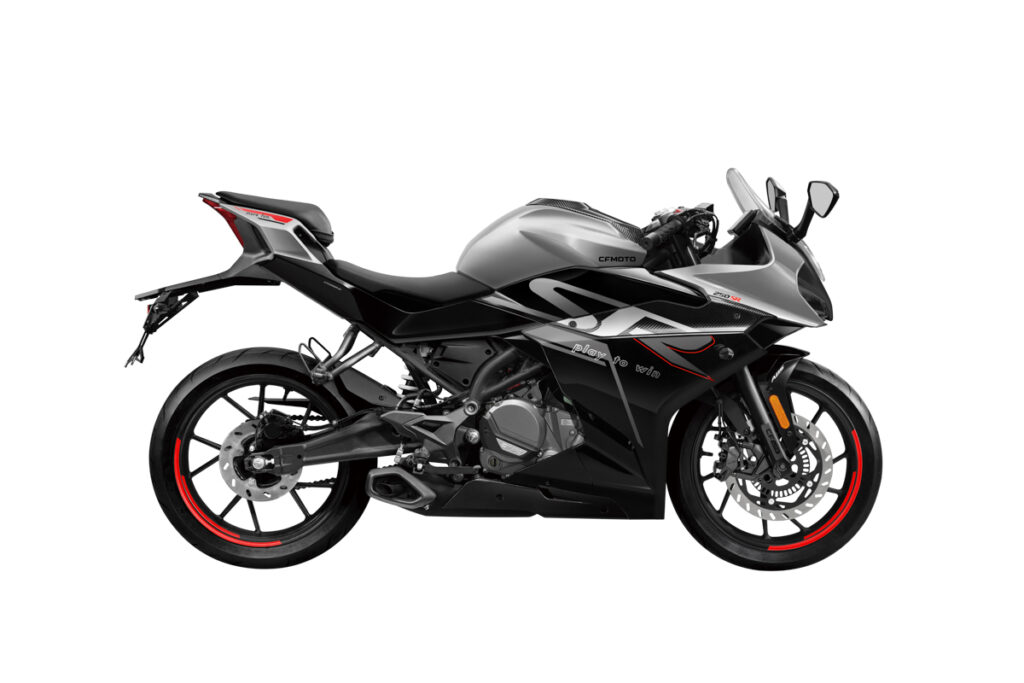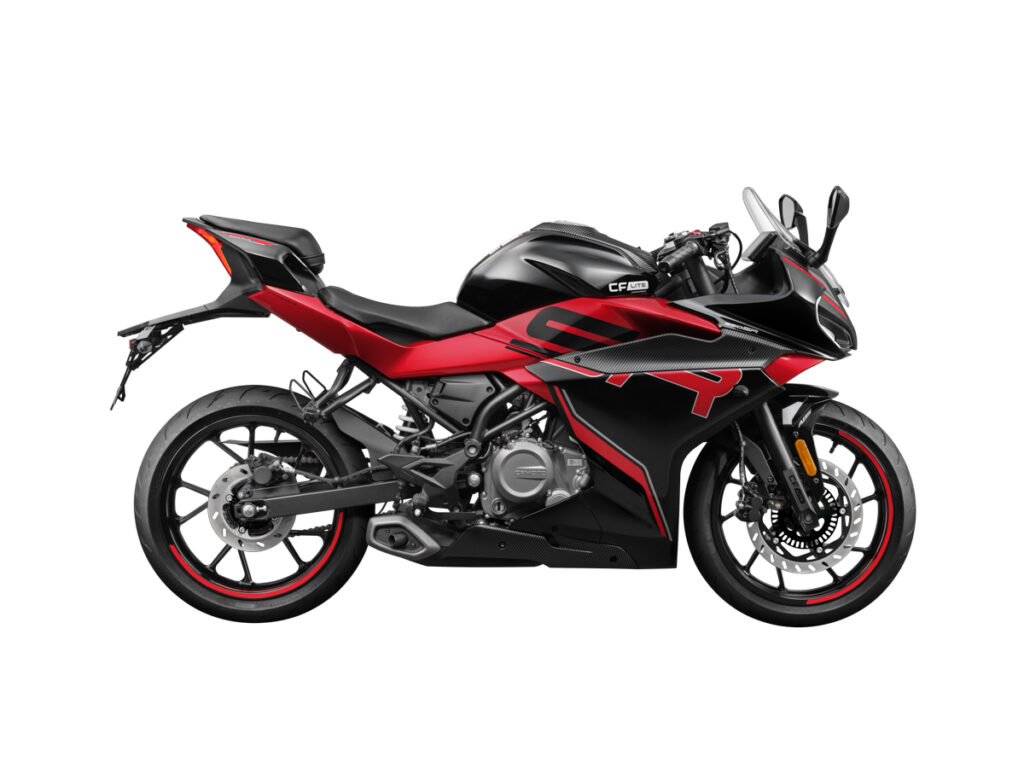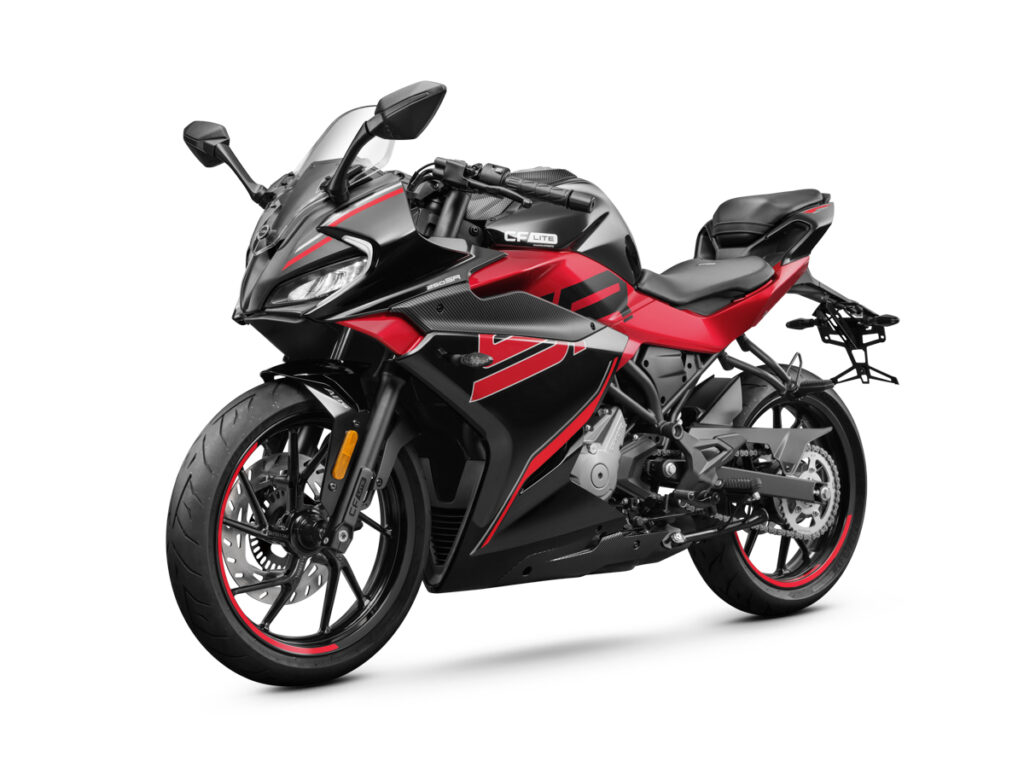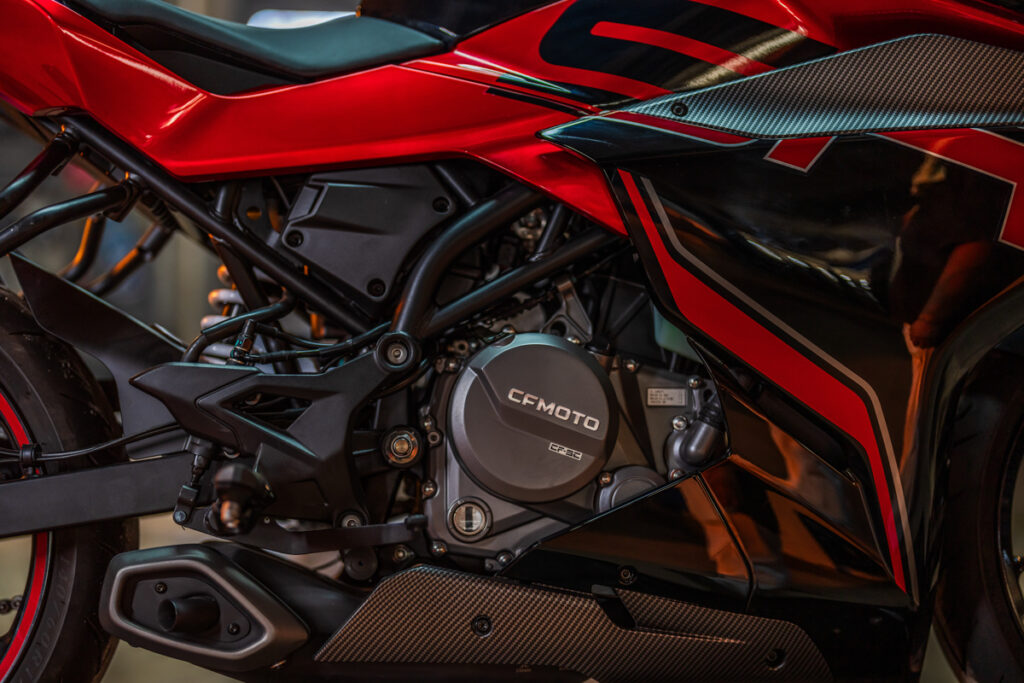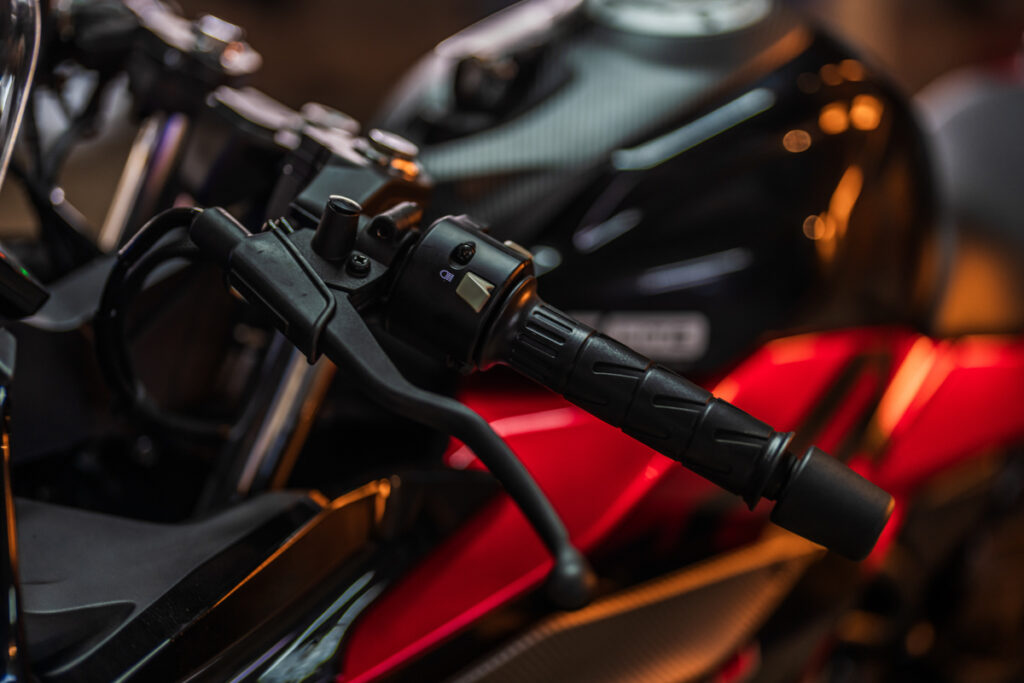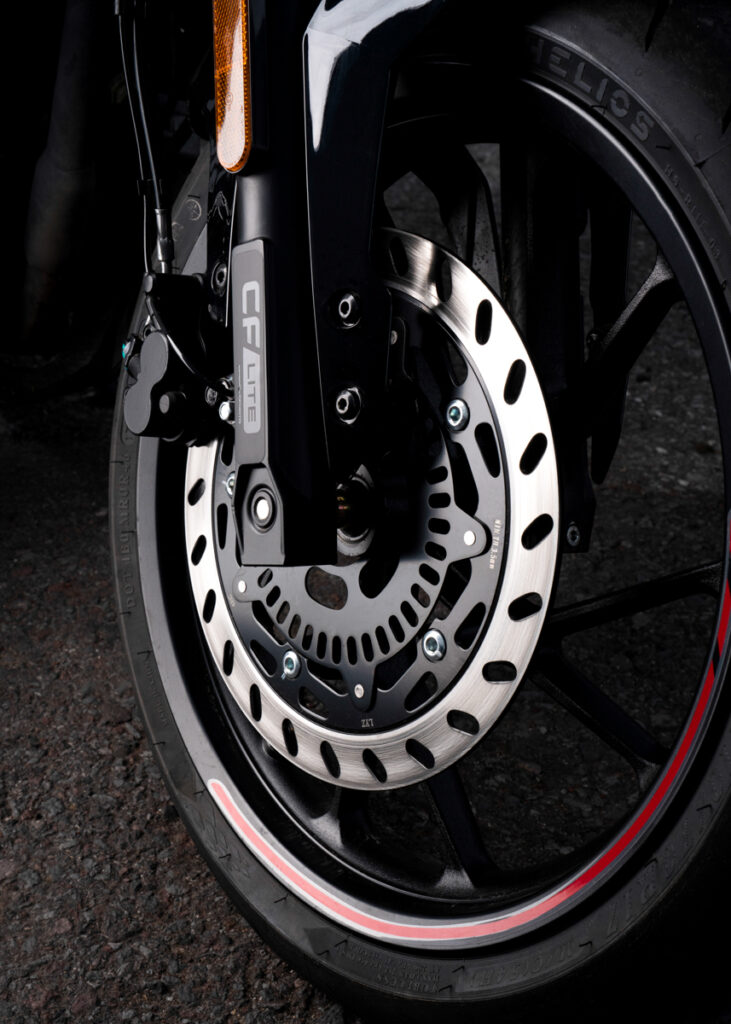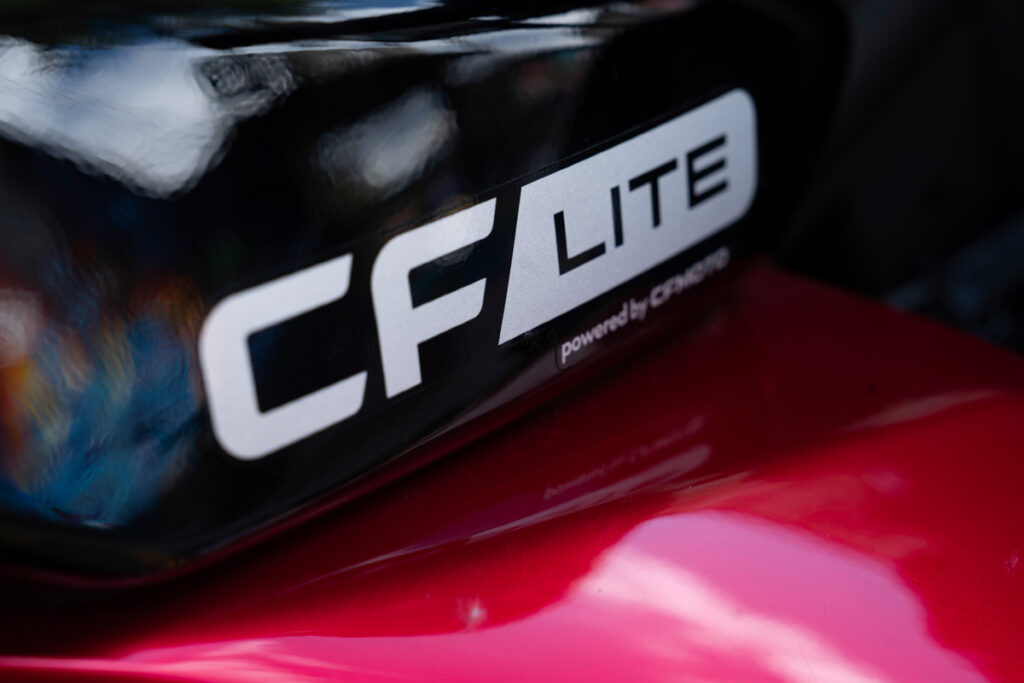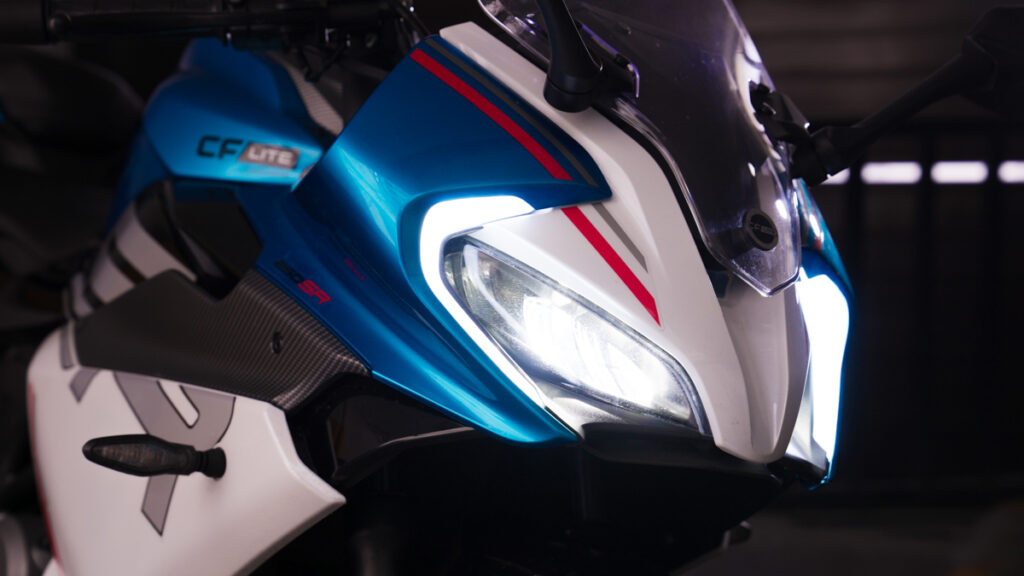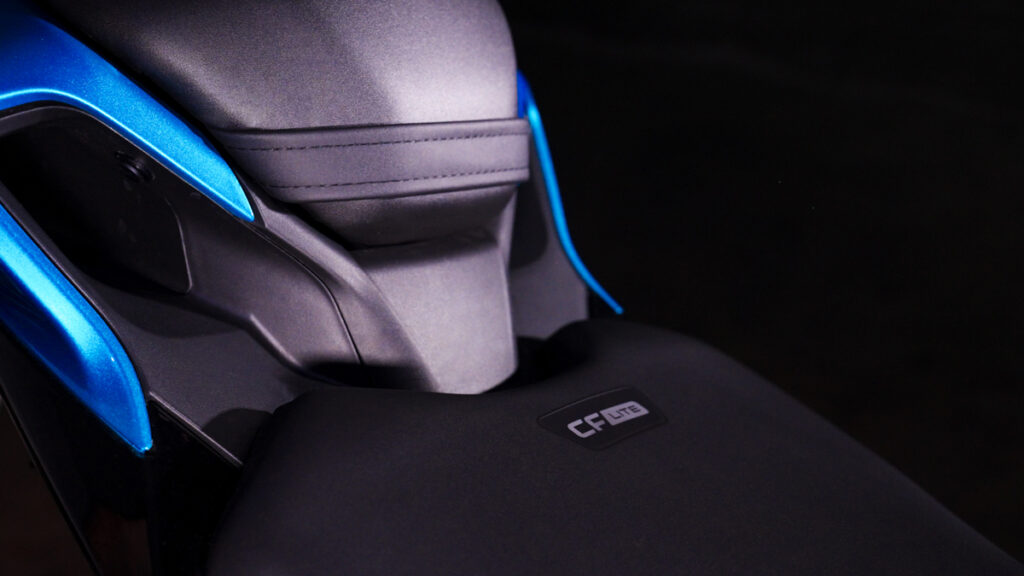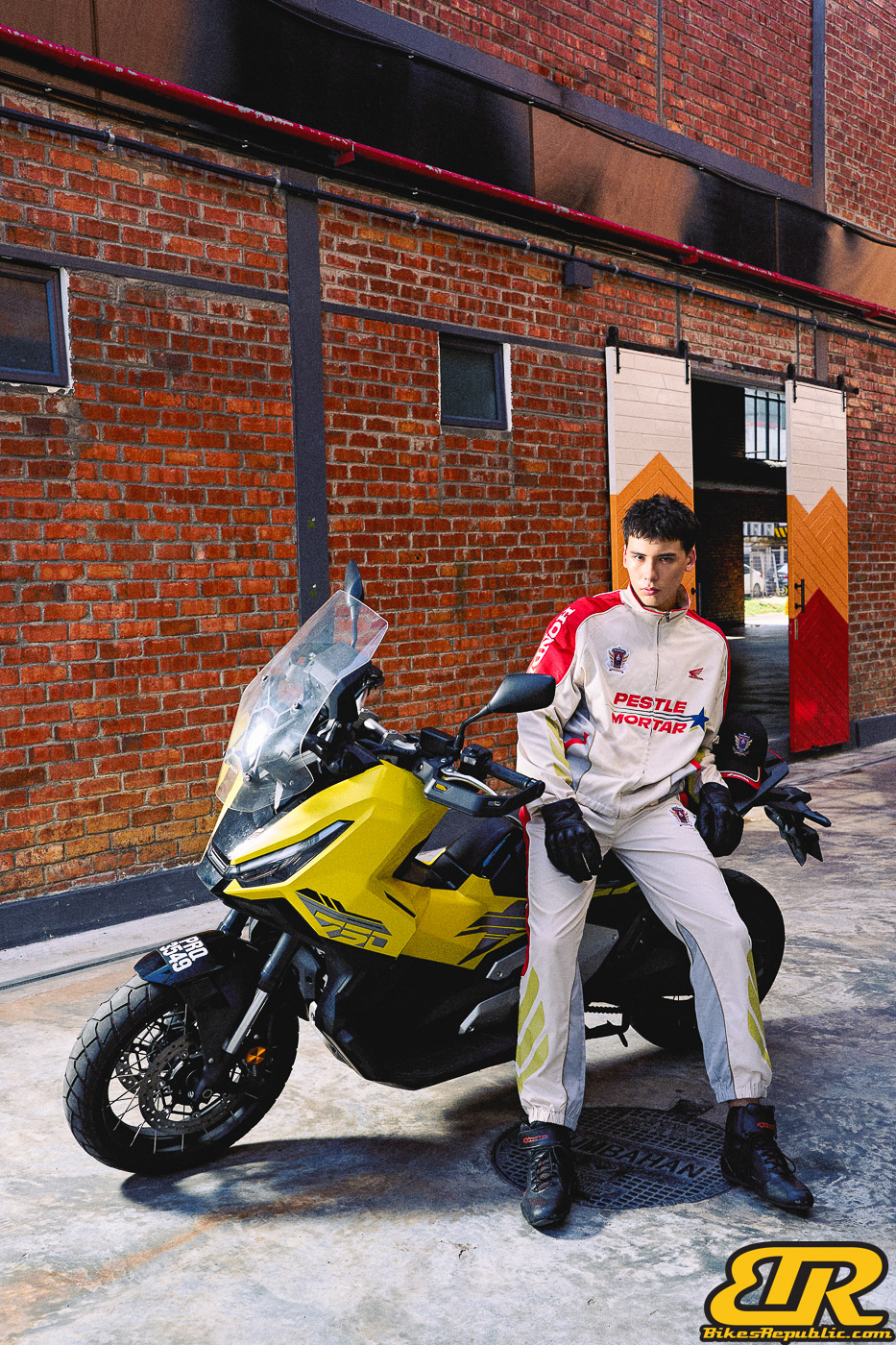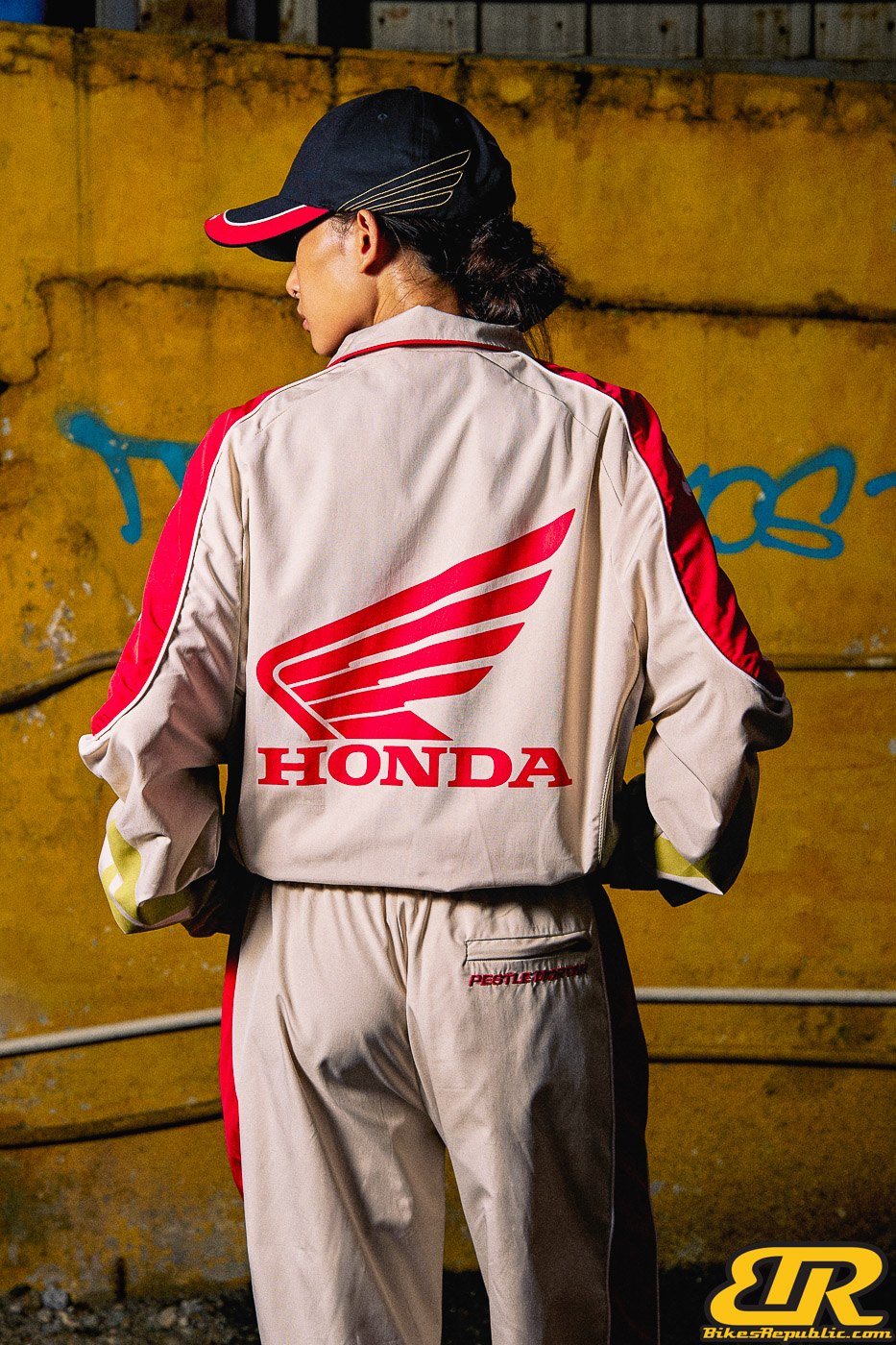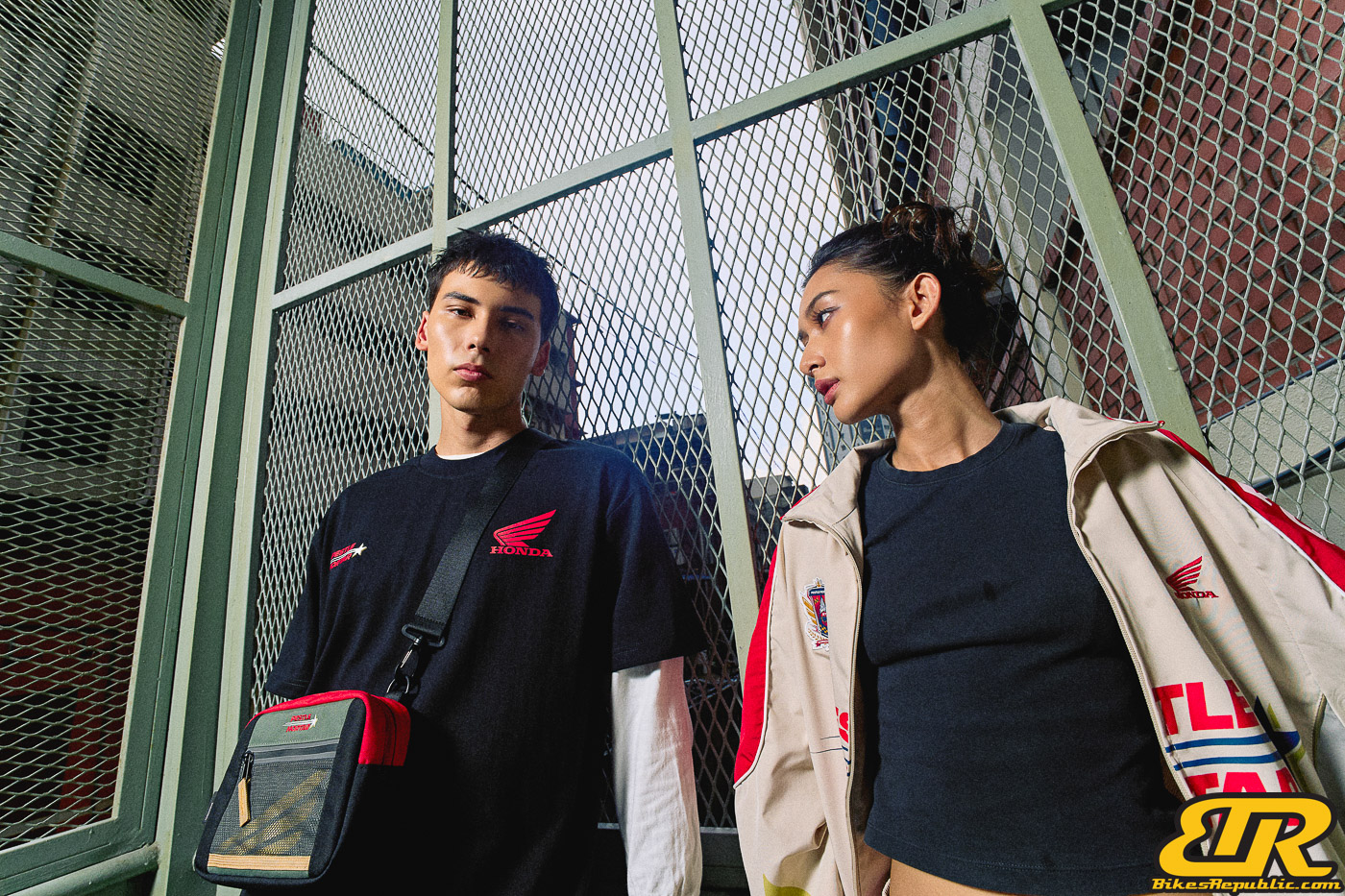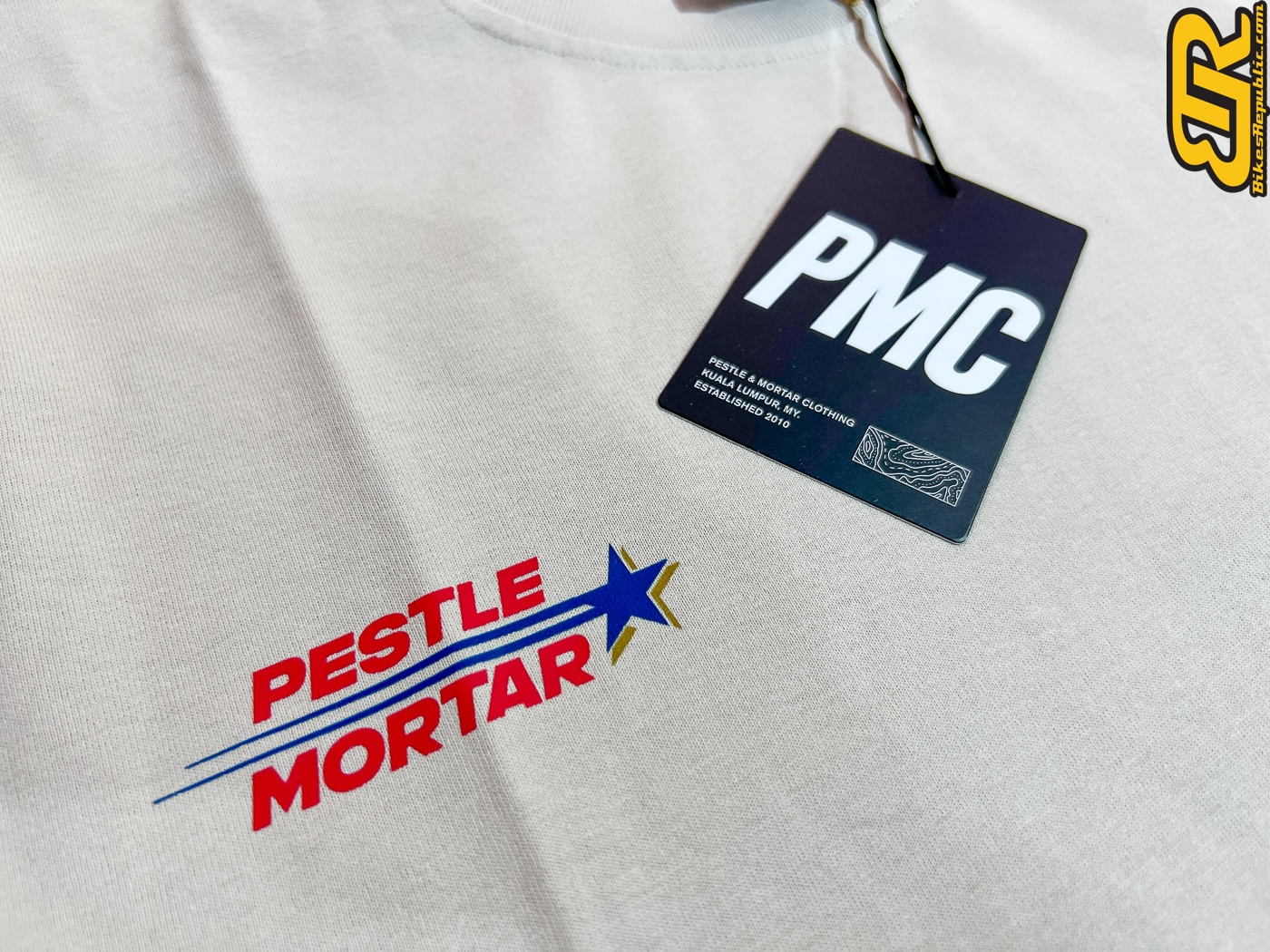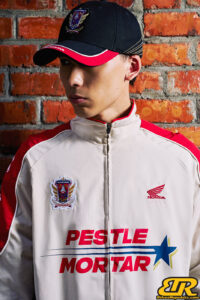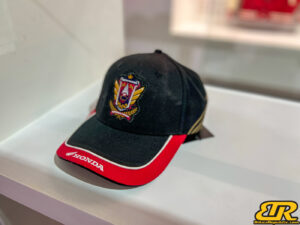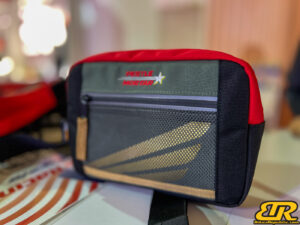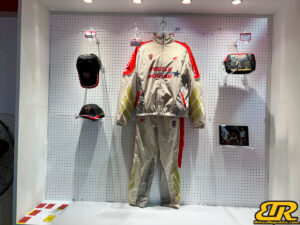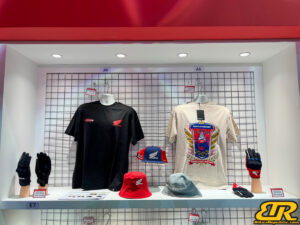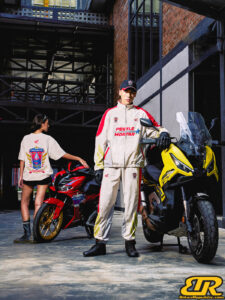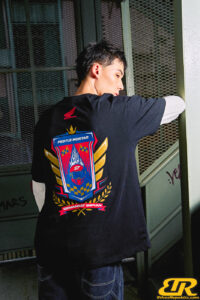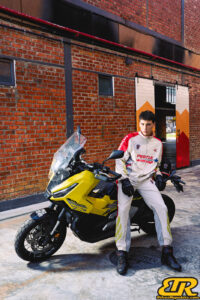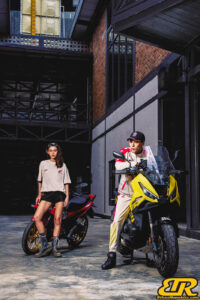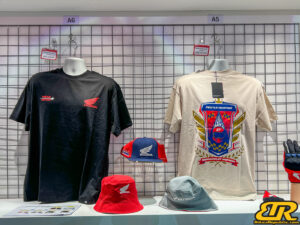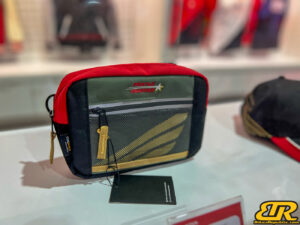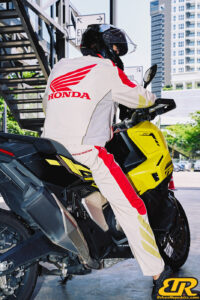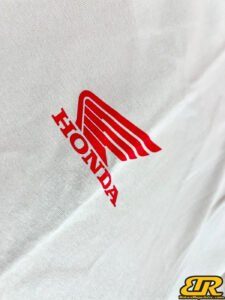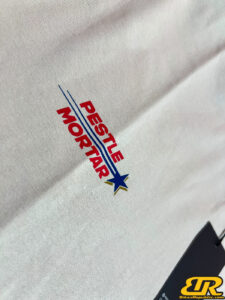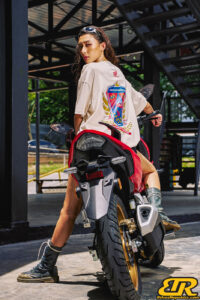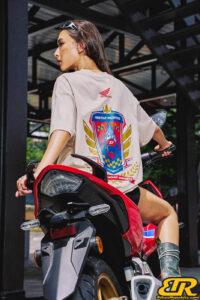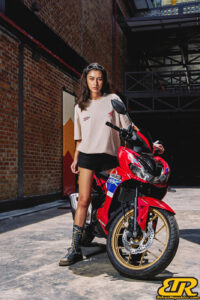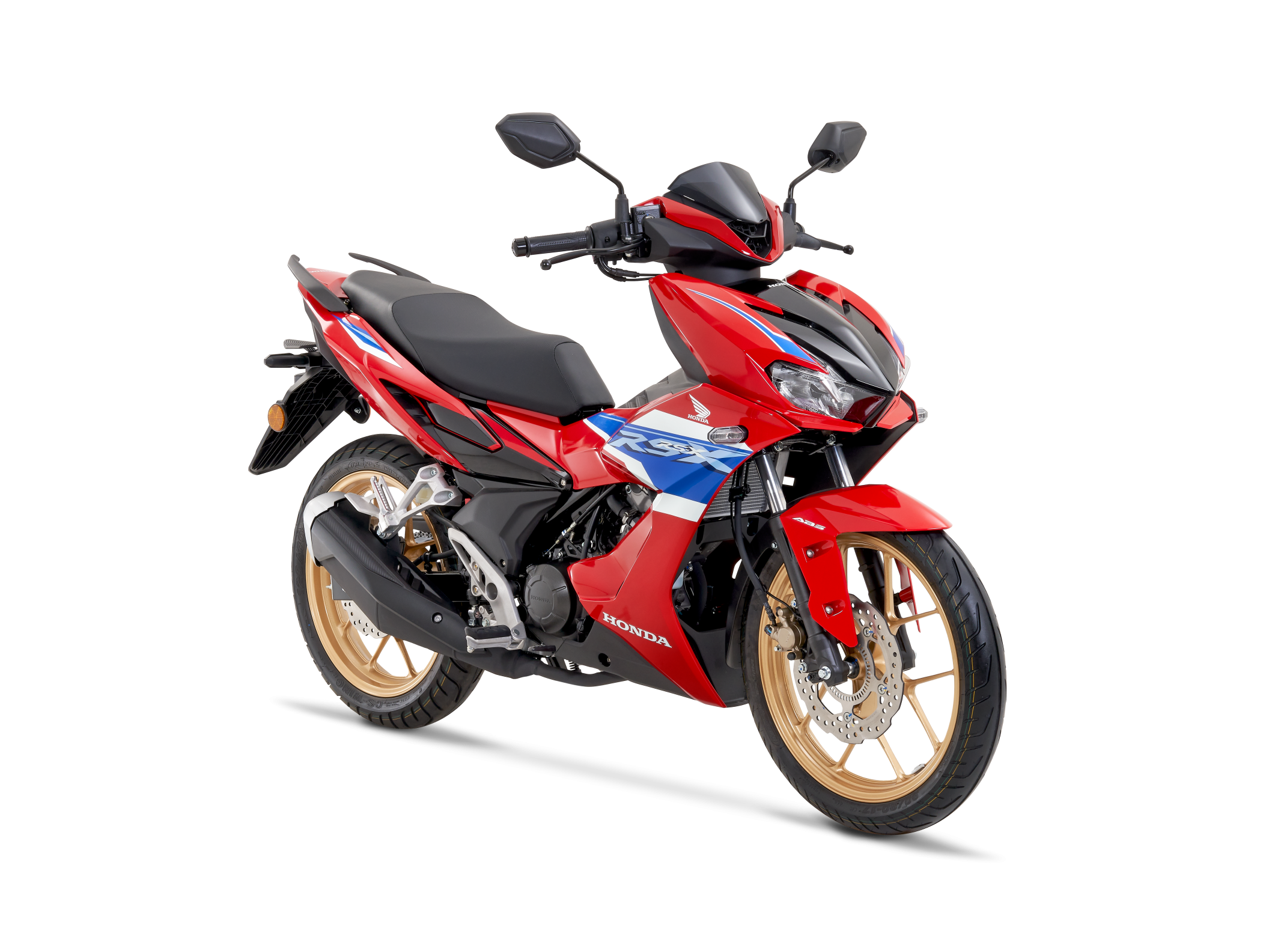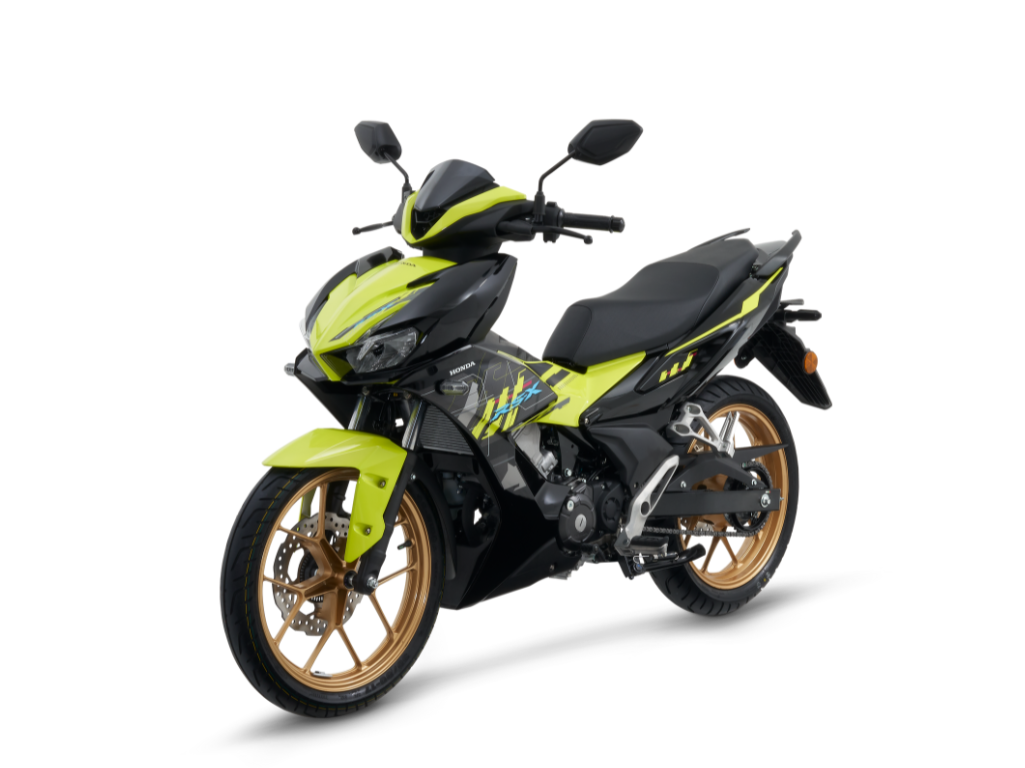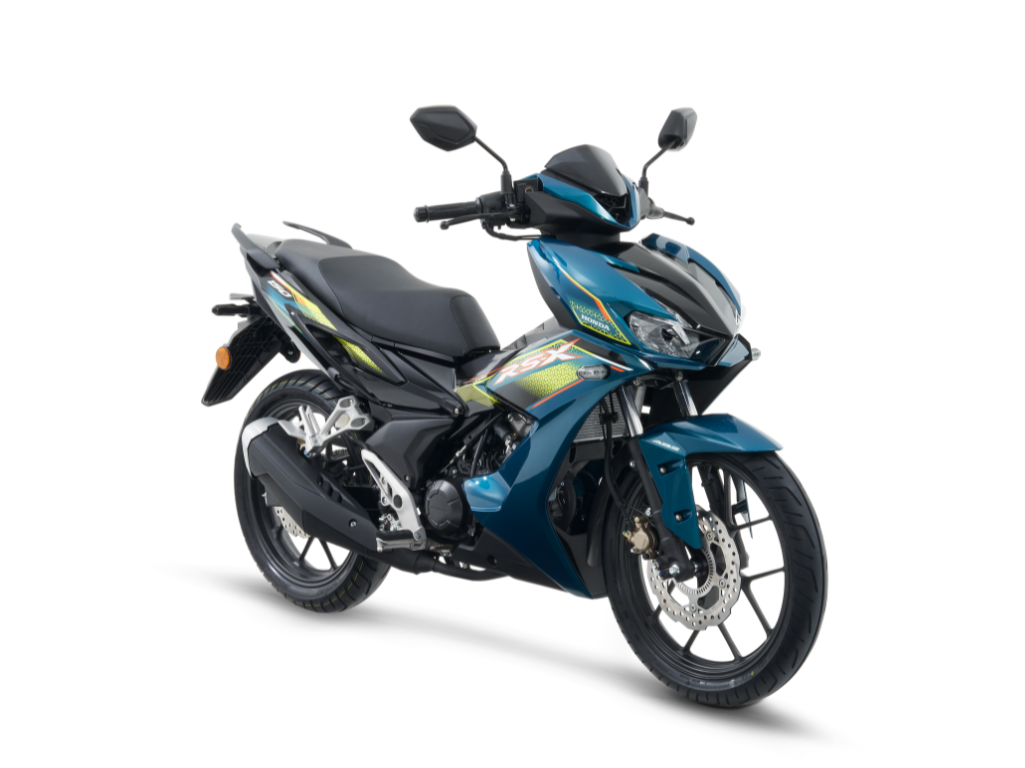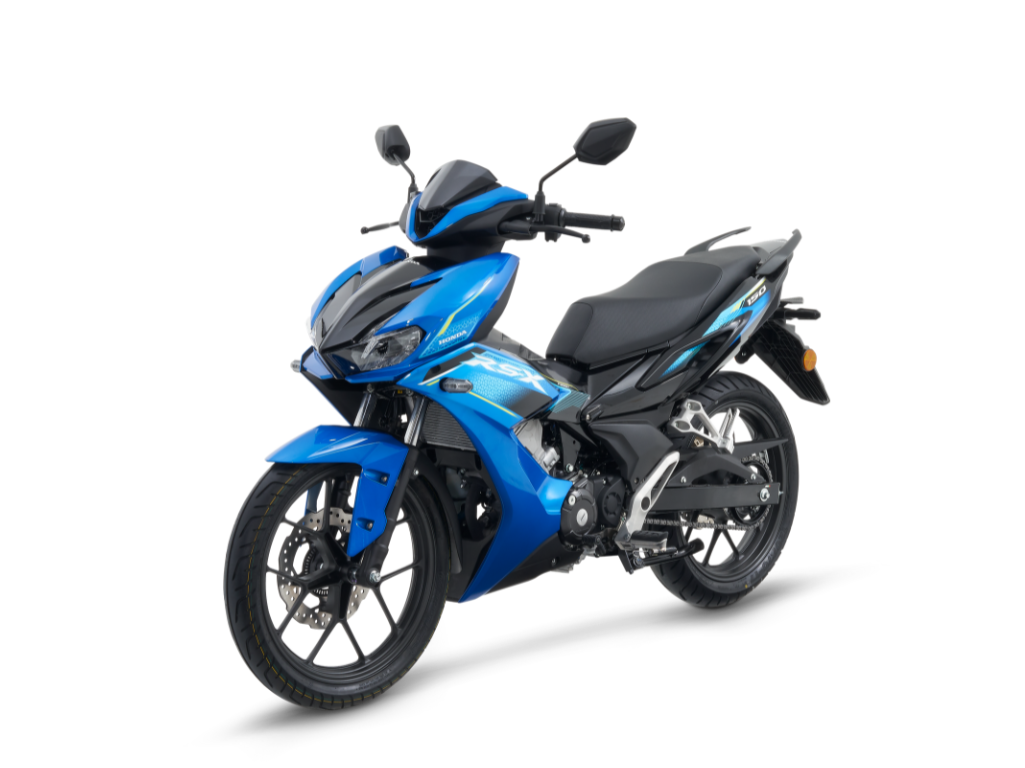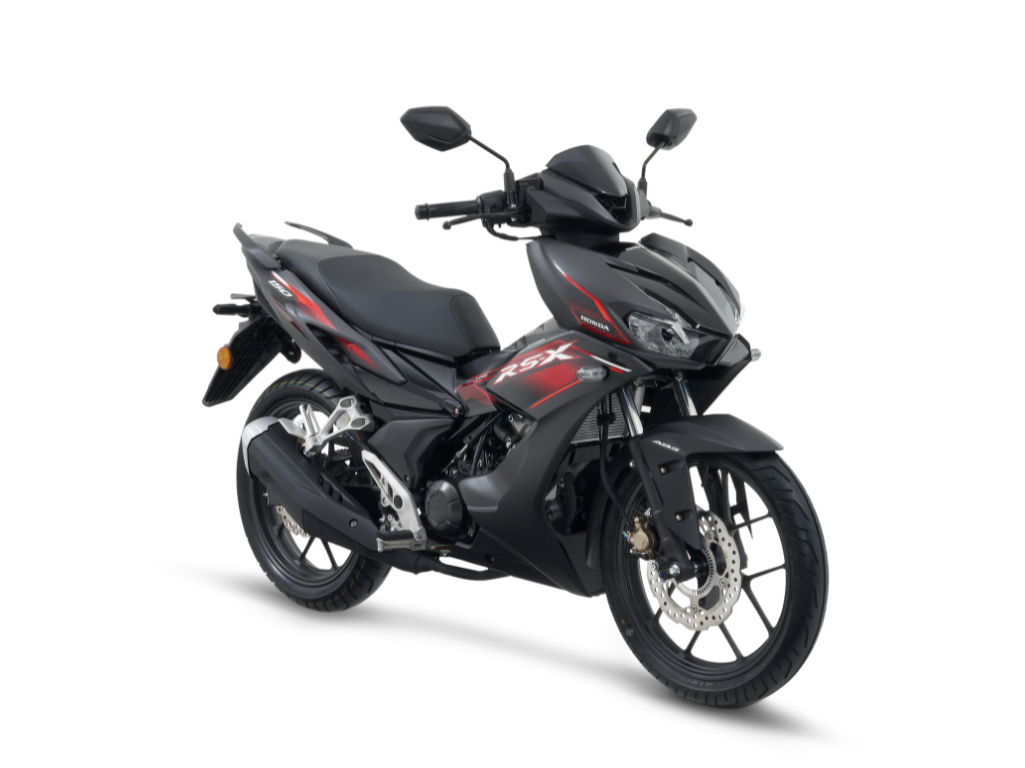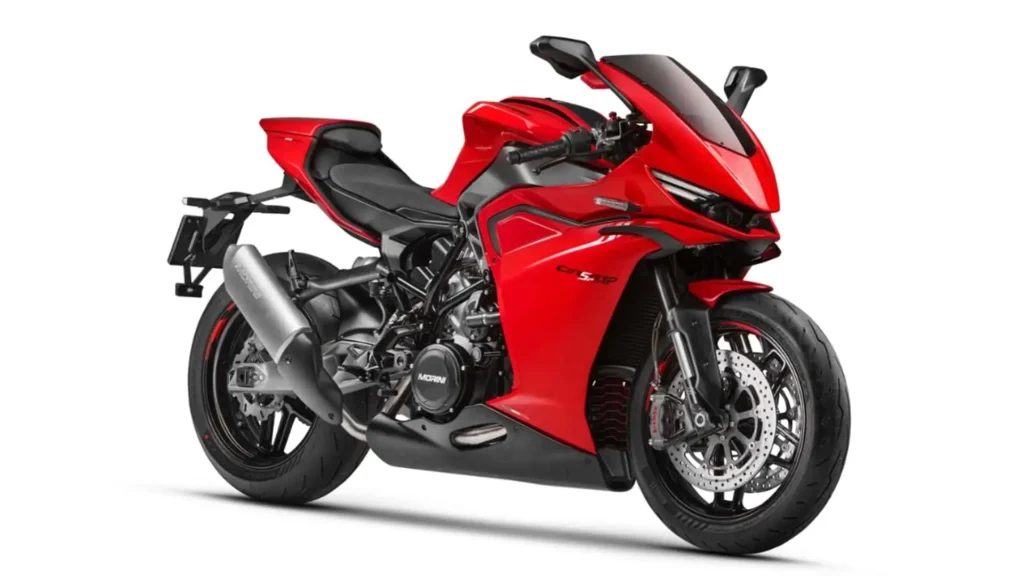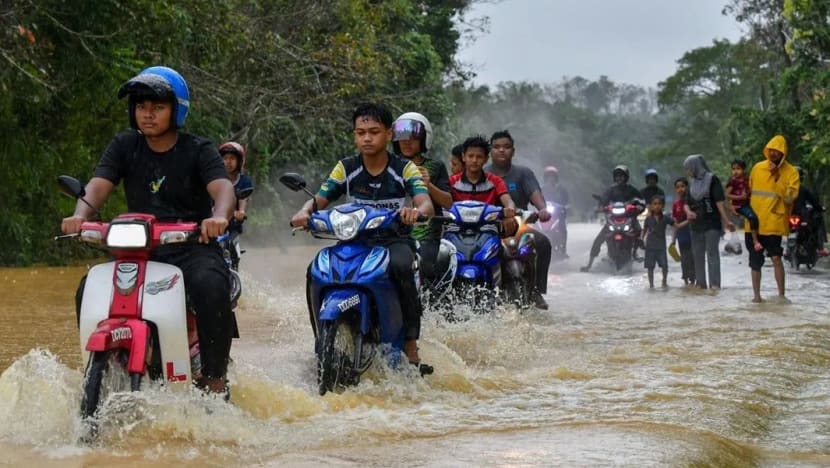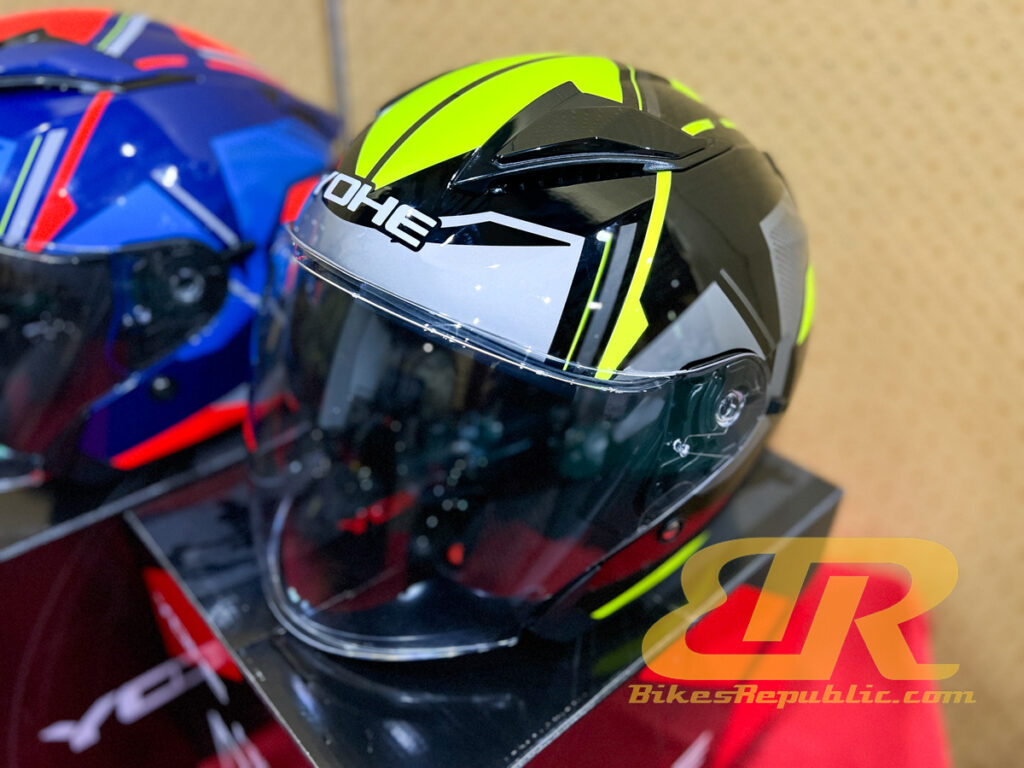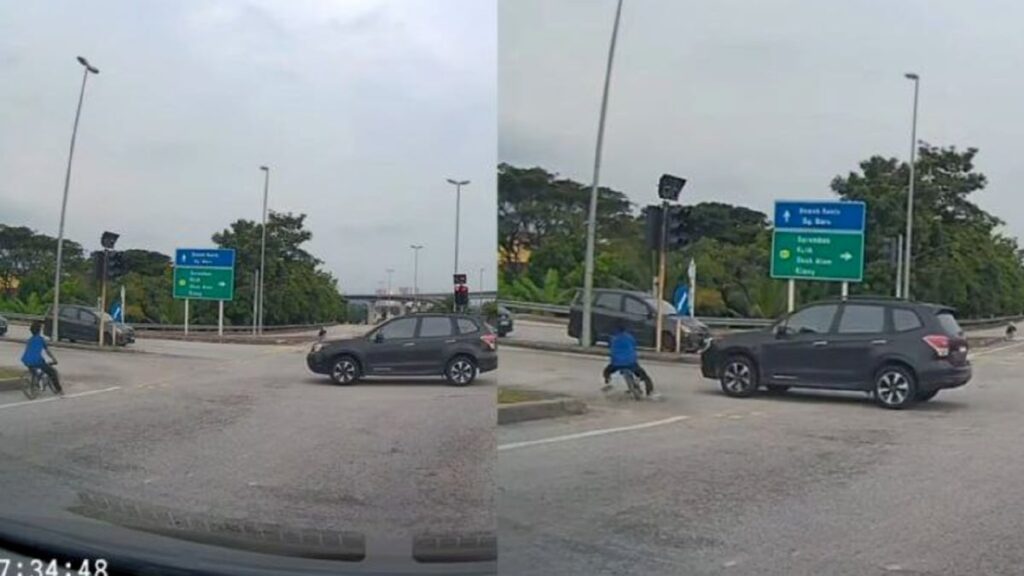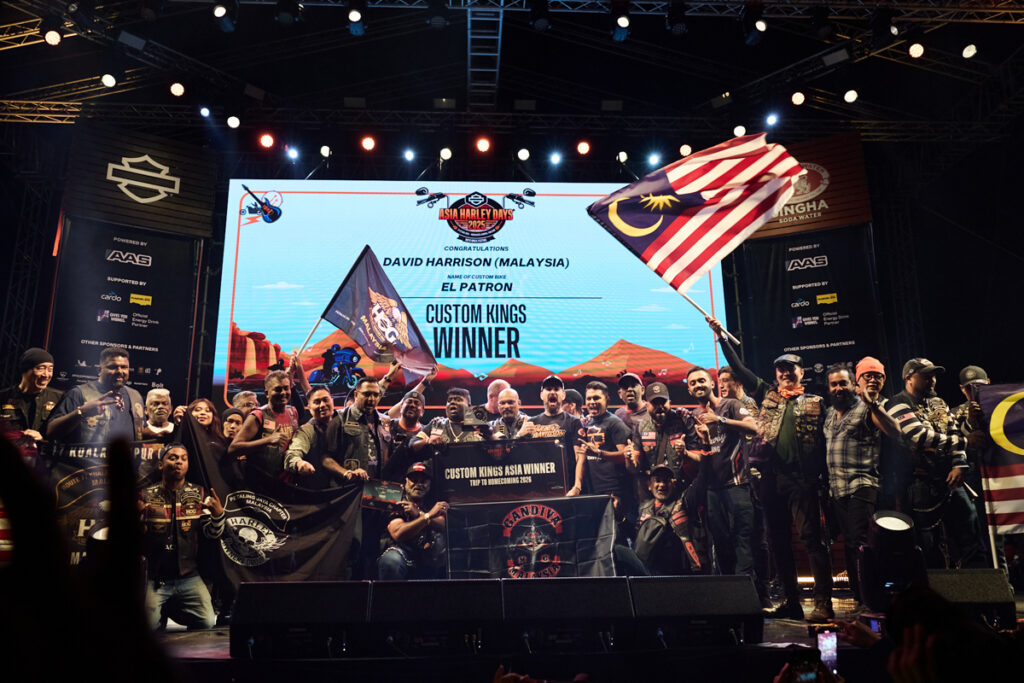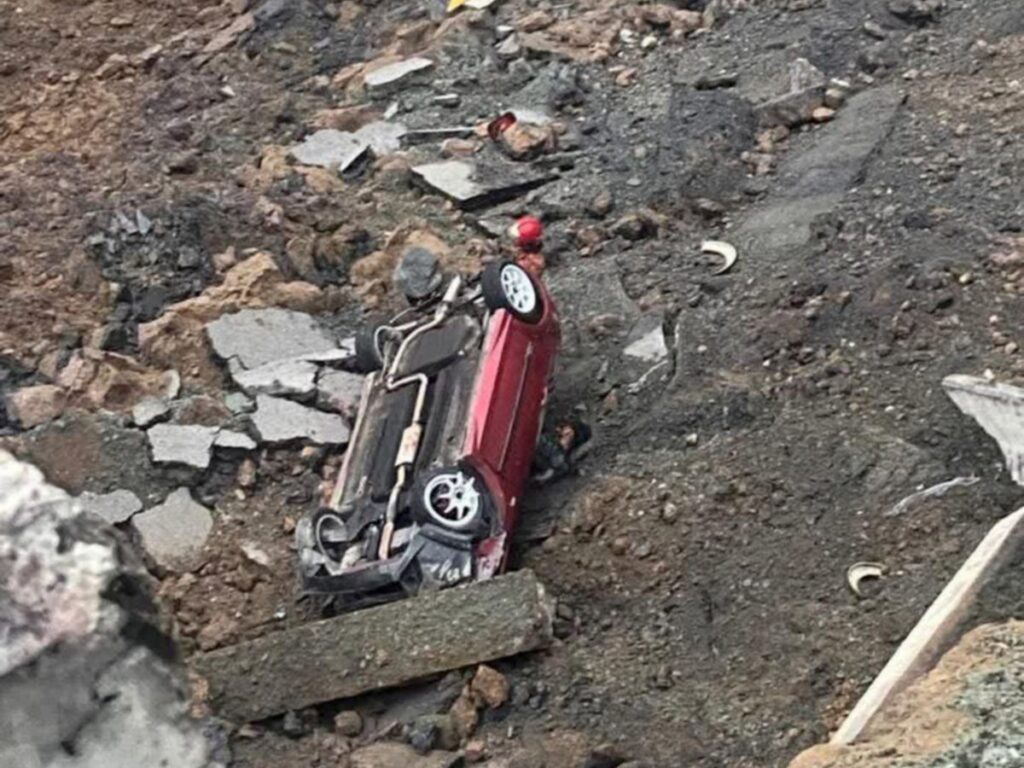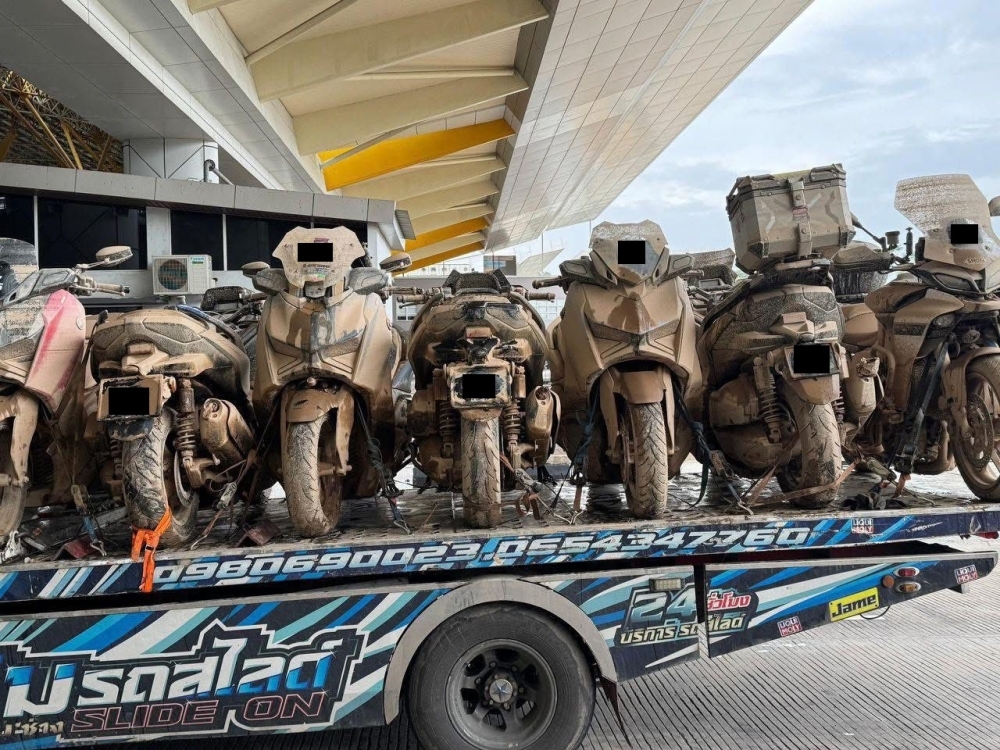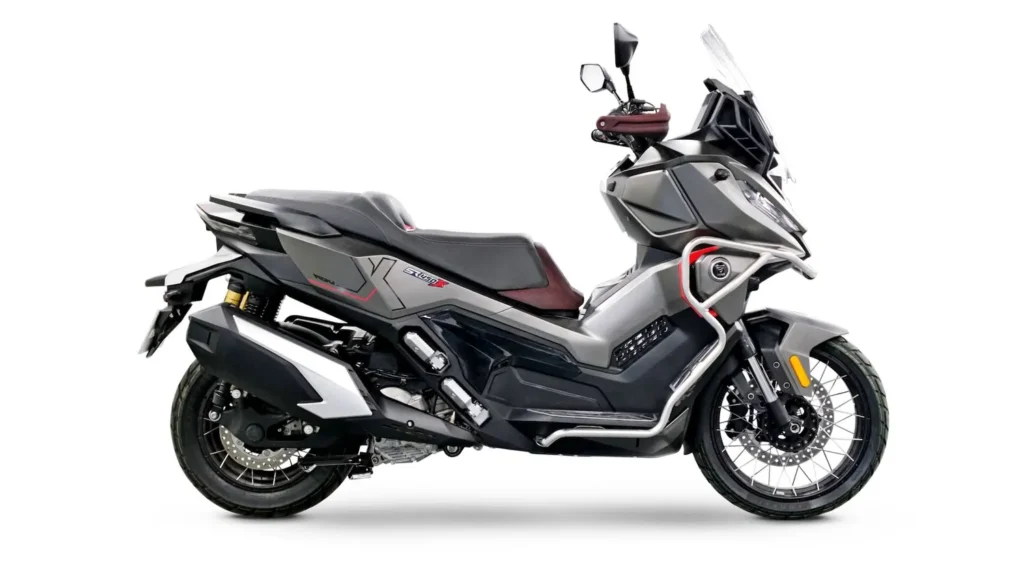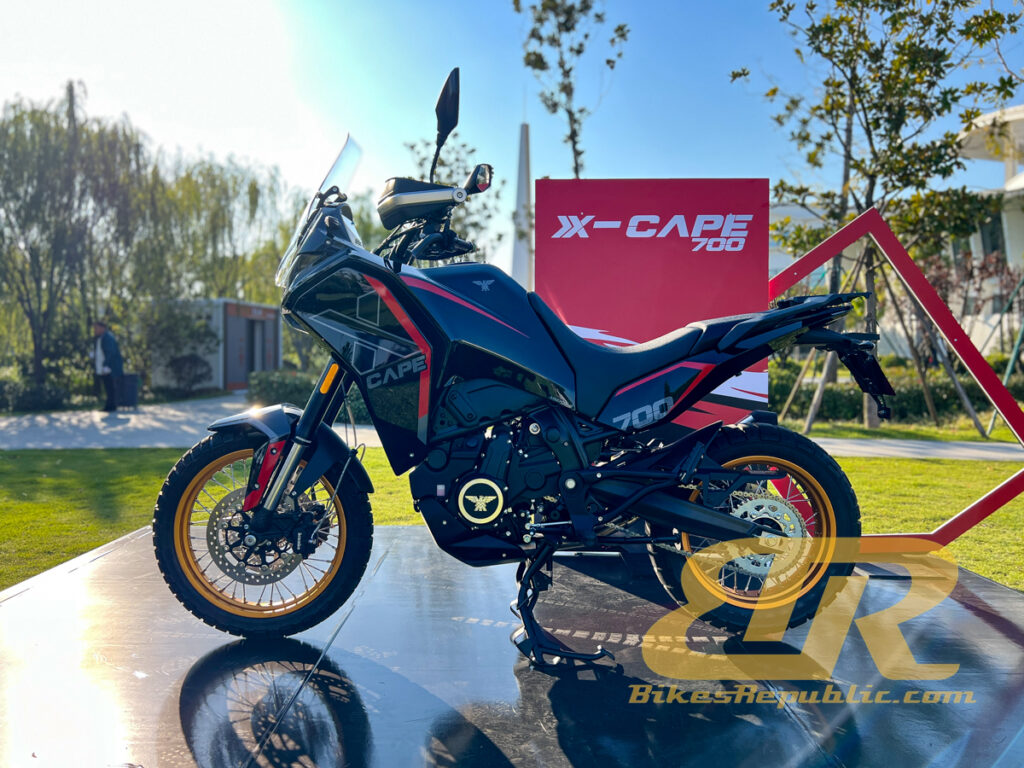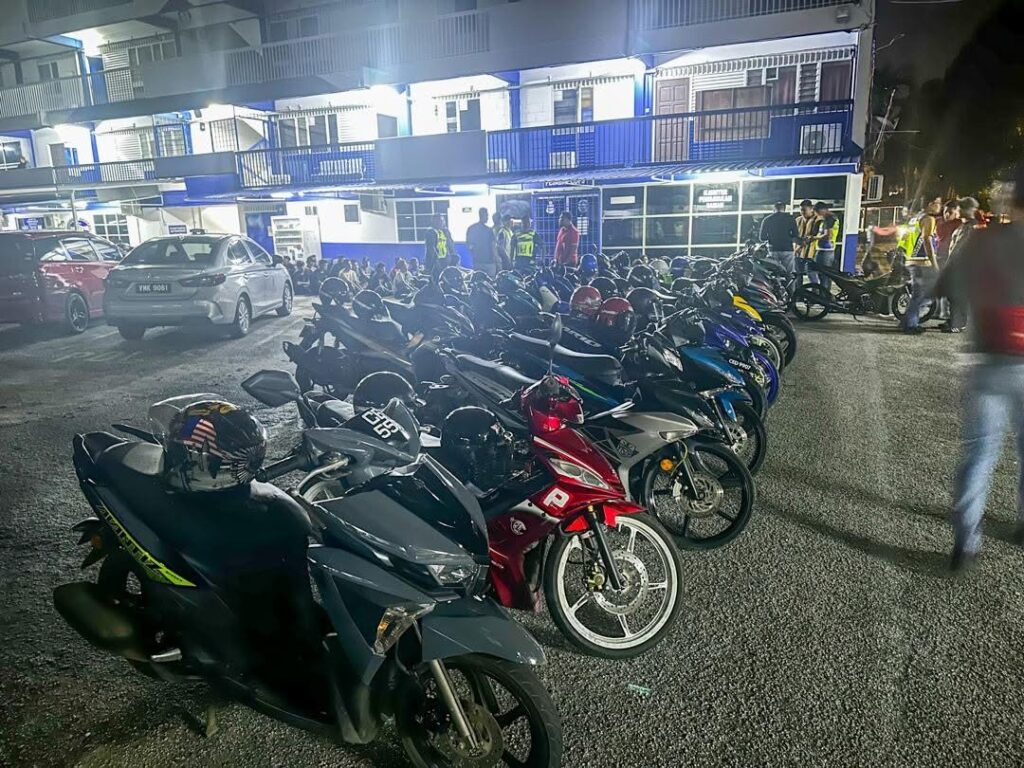The Ministry of Youth and Sports (KBS) is ready to provide space and support for the organization of large-scale motorsports activities, provided they meet several key aspects, particularly compliance with the law and safety.
Deputy Minister of Youth and Sports, Adam Adli Abdul Halim, said the success of organizing events like the RXZ Members Gathering 7.0 at the Terengganu Motorsports Circuit, Gong Badak last August, which saw over 150,000 participants, is also seen as a positive development, especially as a platform for youth interested in the world of motorsports.
“That event (RXZ Members Gathering) is a good effort to revitalize a city; we support it, but we need to pay attention to how to ensure its organization follows legal frameworks. It has even been suggested that there should be better cooperation, along with consideration of various aspects, including the impact on the local economy.
“We also hope that motorsports carnivals like this can attract other parties to cooperate as well, not just KBS or the Ministry of Tourism, Arts and Culture (MOTAC), but could also involve, for example, the Ministry of Home Affairs and the Ministry of Transport regarding safety aspects,” he said during the oral question-and-answer session in the Dewan Rakyat today.
He was answering a supplementary question from Nurul Amin Hamid (PN-Padang Terap), who wanted to know KBS’s plans following the success of the RXZ Members Gathering 7.0 in Terengganu, which managed to attract hundreds of thousands of motorsports fans and provided an economic spillover of up to RM50 million to local small businesses.
Meanwhile, Adam Adli also answered the original question from Datuk Sri Ismail Sabri Yaakob (BN-Bera), who wanted to know KBS’s latest stance on the previous government’s proposal to build at least one drag racing circuit in each state.
Adam Adli informed that KBS is currently not planning to build a drag racing circuit in every state due to the very high construction and maintenance costs.
“However, KBS has no objections if there are initiatives or proposals to build new drag racing circuits financed by allocations from State Governments or other relevant parties.
“The responsibility for building and upgrading sports facilities is a collective effort from various parties, including State Governments and Local Authorities (PBT).
“These parties can play an important role by establishing cooperation with the private sector to implement construction projects or improvements to public sports and recreation facilities for the benefit of the local community,” he said.
